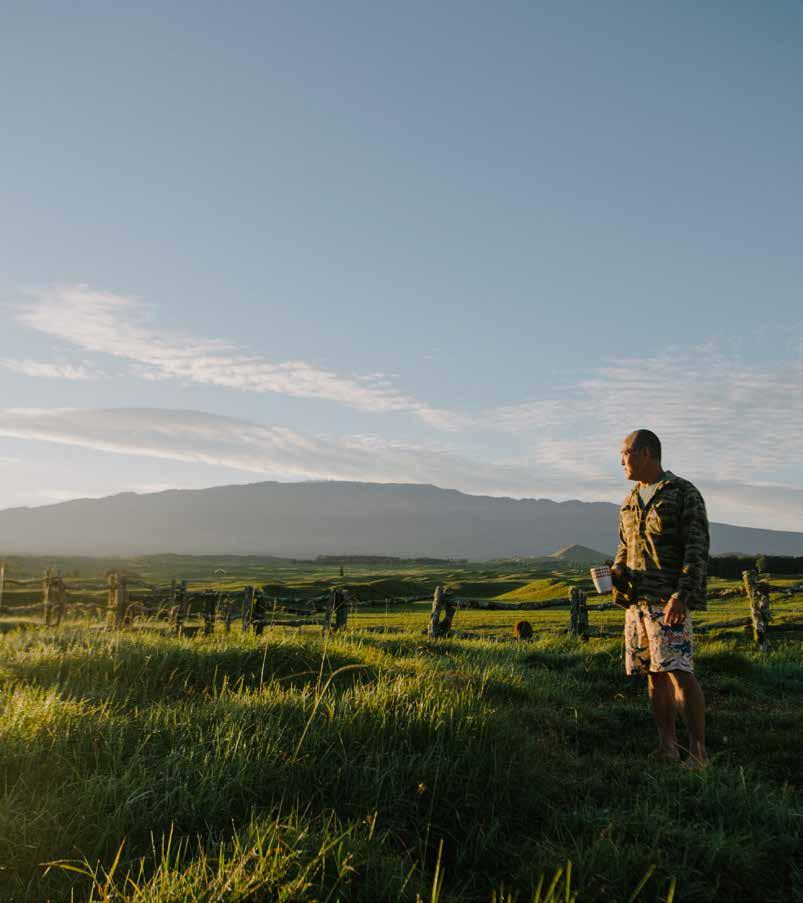
VOLUME 14.1
 Ulrich Krauer
General Manager
Ulrich Krauer
General Manager
Halekulani
As 2022 brings travelers back to Hawai‘i, it is a great time to rediscover the islands. In our latest edition of Halekulani Living, we invite you to delve deeper into the rich history that makes this place unique and the connections that are formed across people, communities, and time.
In this issue, we visit the studio of local artist John Tanji Koga, commissioned to do the new two-story painting, Halekulani, located in our historical Main Building. Mentored by expressionist painter Tadashi Sato, whose paintings can also be seen throughout the hotel, Mr. Koga reflects on capturing the essence of Hawai‘i’s oceans and mountains and discusses his life and work since moving to Hawai‘i Island. Visit the artist’s Rising Light exhibit, on display at the hotel until the end of April.
Meet a surf instructor, board shaper, and designer connected by their love for the ocean, Hawaiian culture, and their crafts. Also connected by water is the ‘opihi, enjoyed as a local delicacy and sought after for use in jewelry making and other crafts. Learn about new research working to sustain this precious creature for future generations. Visit artist Christopher Edwards’ Opihi Village, a work inspired by Hawai‘i’s beloved limpet, on display in the Halepuna Waikiki lobby.
Gain a new perspective on old Hawai‘i through Tony Barnhill’s colorized images of historical photographs, and join artist Leeroy New at Foster Botanical Garden as he builds a futuristic, large-scale installation for Hawai‘i Triennial 2022, exploring themes of community and environmentalism as he transforms discarded surfboards and water bottles into breathtaking sculptures.
Hear from composer Leilehua Lanzilotti as she prepares a special tribute to the prominent sculpture Sky Gate located near the city’s official seat of government, Honolulu Hale, created by the late sculptor Isamu Noguchi. Lastly, we introduce you to a new bar concept, EP Bar, located in our trendy Chinatown district, where highballs and vinyl records are the main attraction.
We hope you enjoy this issue of Halekulani Living and learn more about the connections between Hawai‘i’s past, present, and future.
2022年、多くの旅行者がハワイに戻ってくるこの時期は、この島々の 魅力を再発見する絶好の機会です。『ハレクラニ・リビング』の最新号で は、この土地ならではの豊かな歴史や、人、コミュニティ、時間を超えて 形成された繋がりについて深く掘り下げてご紹介します。
今号では、ハレクラニの歴史薫る本館に新たに描かれた2階建ての 絵画『ハレクラニ』を制作した地元アーティスト、ジョン・タンジ・コガ氏 のスタジオを訪れました。ホテル内の随所に作品が飾られている表現 派画家のタダシ・サトウ氏に師事し、ハワイの海や山のエッセンスを表 現するコガ氏に、ハワイ島に移住してからの生活や仕事について語って いただきました。4月末まで当ホテルで開催されるコガ氏の「ライジング ライト」展もぜひご覧ください。
また本誌では、海やハワイの文化、工芸品への愛で結ばれているサ ーフインストラクター、ボードシェイパー、そしてデザイナーにも出会え ます。同じく海と関係しているのが、ハワイでは珍味として知られ、その 貝がジュエリーや工芸品にも使われる「オピヒ」。この貴重な生き物を 次世代に残すための新たな研究成果についてもご紹介します。ハレプ ナ・ワイキキのロビーに展示されているクリストファー・エドワーズ氏の アート『オピヒ・ビレッジ』は、ハワイで愛されているオピヒ(カサガイ)に インスピレーションを受けた作品です。
トニー・バーンヒル氏による歴史的な写真のカラー画像を通して、オ ールドハワイの新たな視点を発見してください。フォスター植物園では、 アーティストのリロイ・ニュー氏がハワイ・トリエンナーレ2022のため に、未来的で大規模なアート作品を制作中で、コミュニティと環境保護 をテーマに、捨てられたサーフボードやウォーターボトルから見事なオ ブジェを作り上げています。
編集部は、ハワイ州庁舎の近くにある彫刻家の故イサム・ノグチ氏 の作品『スカイゲート』に捧げるトリビュートを制作中の作曲家、レイレ フア・ランジロッティ氏にも話を聞きました。最後は、チャイナタウンに あるハイボールとレコードがメインの新しいコンセプトバー「EPバー」を ご紹介します。
ハワイの過去と現在と未来をつなげるストーリーの数々をご紹介す る今号のハレクラニ・リビングをお楽しみください。
Halekulani Living 2
WELCOME





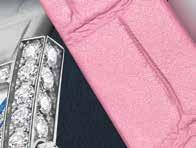

Some photo captions or any other impertent text important to this specific story and some more additional tag lines if necessary for the



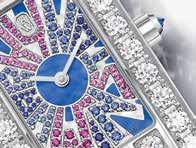

Subtitles command the respect of the audience it’s reaching out to.



Some photo captions or any other impertent text important to this specific story and some more additional tag lines if necessary for the


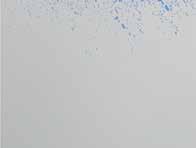
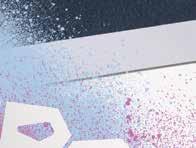

Waikīkī Mānoa At dolorem re atias expelia exceste mpossit quia natusaescia sequibus ab id quiam ipsam, qui omniae magnature et que cus veruptiorit et ex ex eiciis voluptatet, sitia dus parchit, il minum, accatem as int. Bor am est que repudae. Et quatumqui vella sed ut eumque non consenimpor aut volupta qui omnistr umquam, nate que vero maio iuscill uptatur, temperf ereptae net, volessitis estiorruptas minctem oloreped que expliquam in et ature soluptae nos undita sunt accatemod eius ipis aspernat omnimil in eat antemo qui cuptae perferovit es adigentio quam quo minimos totatin peris re, cus aut aciento tem. Itate sum faccab ipsande ndanim core arumFerit vel inulparum aut aut ut delibus sum sitatemquo iditatquis et eost, ad quas rerepudae que pedit ut maxime enihitas et ma debit esed qui custem quistrunt volupta ectatur? Solorem num am eatinci minctum quiam quis esAliquat restia nonseque ent. Consequ ossinci omnimin ctorro cum est, tes in cus, nim sum venditat m num am eatinci minctum quiam quis.

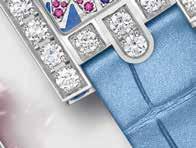
産業革命時には、多くの場合、マスター金細工人によってキャストの魅 力は、富の符号を考慮しました。先進とジュエリーの技術を量産になっ たように、ブレスレットやネックレスに追加されたこれらの装身具の人 気は兵士がヨーロッパの都市から家に魅力を持って来たときに、第二 次世界大戦後のアメリカでピークに達し、中流階級の間で増加しまし た。今日、彼らは若い女の子の誕生日パーティーでプレゼント今はやり の世界のようになりました。
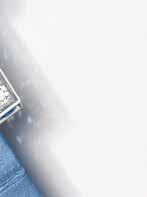




dendistrum, quodicipitam re, omnimagni odicimos rent esto con rem reiusaperum abo. Cone laborerio. Namusam,Ped que rae venducient. Hicab inctese. Elit, ab iur magnimpor remperi orerum imagnate nobisti dolum volut fugia debis et oditis ent. Et min corecat ionest, sequodit faceaquatius ernatem atem eliberit aut eosa velitatur, sectibe rrovid eaqui aces sitatemquo dent entiore sedigen ectiur, quia dus.Magnis es molupta tibus. Numquas re et reritis sitectur reribus as et, odit voluptiore iur ratus velendit fuga. Cit quibusapicit ex es alibus. Faccus eos earibusandi optate anda


私が最初にハレクラニの魅力をテーマにした問題をやって考えたとき、 私たちはいますでしょう物語が-愛情のこもった、魔法の質で満たされ たもの魅惑なの想像しました。チャームブレスレットに似て、それぞれの 物語は、ハワイのユニークなファセットを示した1であろう。物語は、 あ、その甘くはありません。「私たちは小さな町や発言を通過するときに 我々が得る同じ暖かく、ファジーな気持ちで私たちを埋めるために意味 された問題を、私は、実現するために始めた、私は誰にもわからないこ とでした実際チャームブレスレットを身に着けている10、たとえば、歳 以上。彼らが行う場合と、彼らが着るものは遠くから、ほとんどの場合、 唯一の架空です。とでした実際チャームブレスレットを身に着けている 10、たとえば、歳以上。彼らが行う場合と、彼らが着るものは遠くから、 ほとんどの場合、唯一の架空です。私が最初にハレクラニの魅力をテー マにした問題をやって考えたとき、私たちはいますでしょう物語が-愛情 のこもった、魔法の質で満たされたもの魅惑なの想像しました。チャー ムブレスレットに似て、それぞれの物語は、ハワイのユニークなファセッ トを示した1であろう。物語は、“ああ、その甘くはありません。「私たち は小さな町や発言を通過するときに我々が得る同じ暖かく、ファジーな 気持ちで私たちを埋めるために意味された問題を、私は、実現するたマ にした問題をやって考えたとき、私たちはいますでしょう物語が-愛情の こもった、魔法の質で満たされたもの魅惑なの想像しました。チャーム ブレスレットに似て、そ

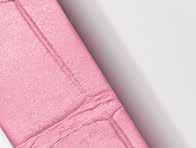
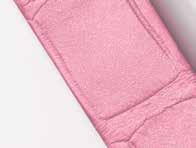


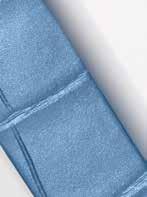


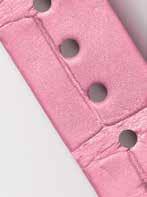

Living
HERE IS THE TITLE FOR
©2018
ALA MOANA CENTER 808 791 4000 ROYAL HAWAIIAN CENTER 808 931 6900 HARRYWINSTON.COM JEWELS THAT TELL TIME
Harry Winston, Inc. Avenue Graf ti by Harry Winston



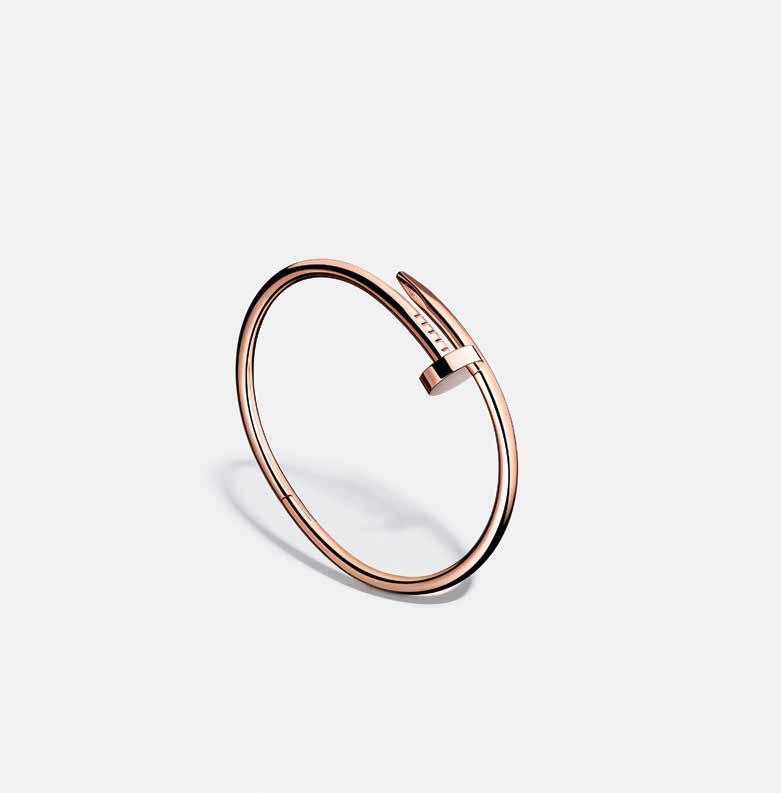



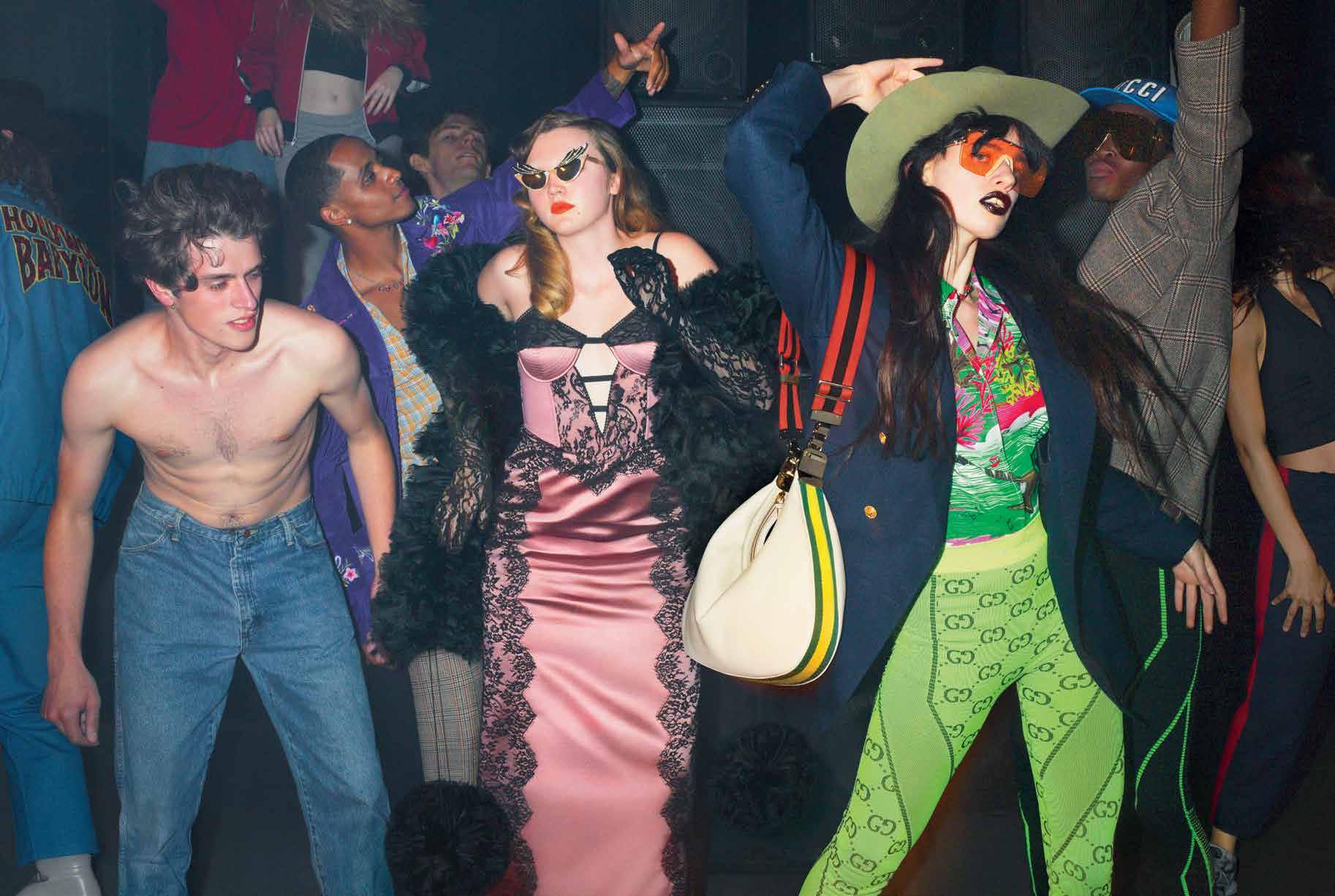

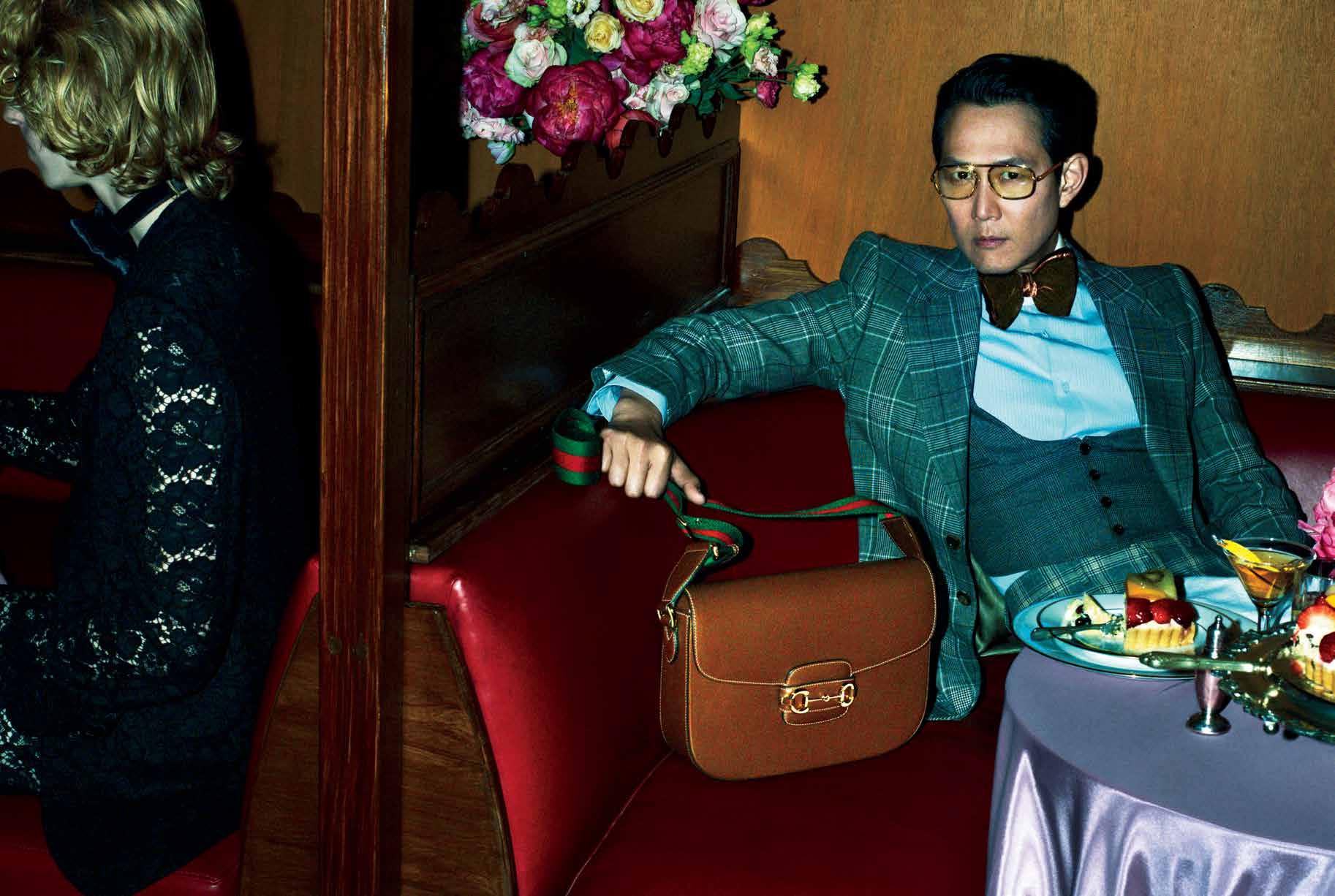

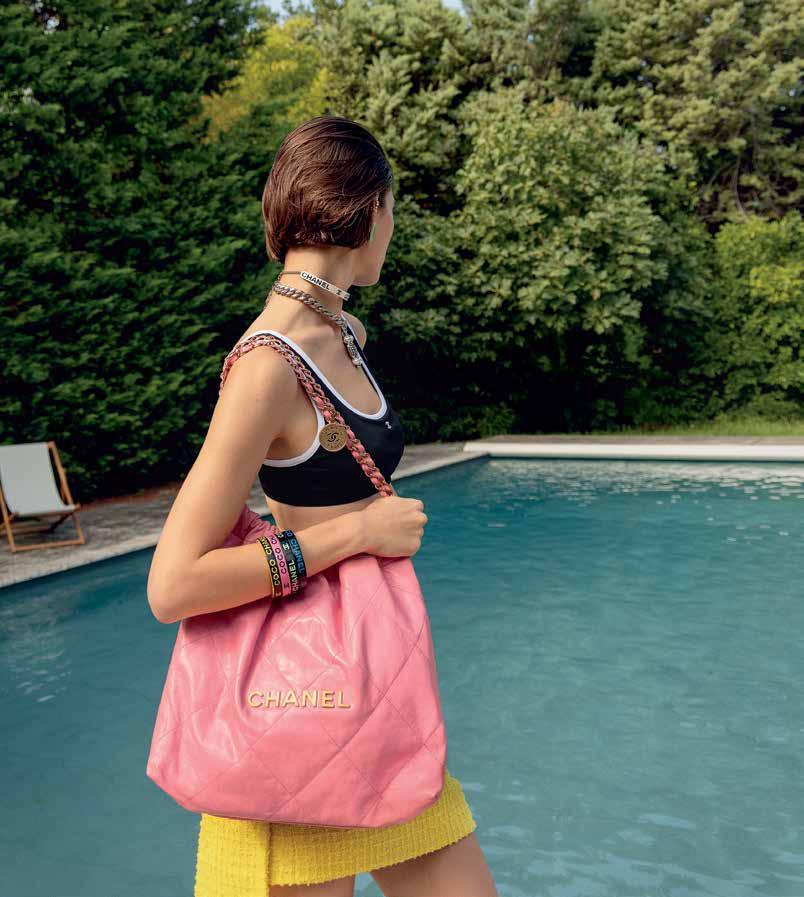

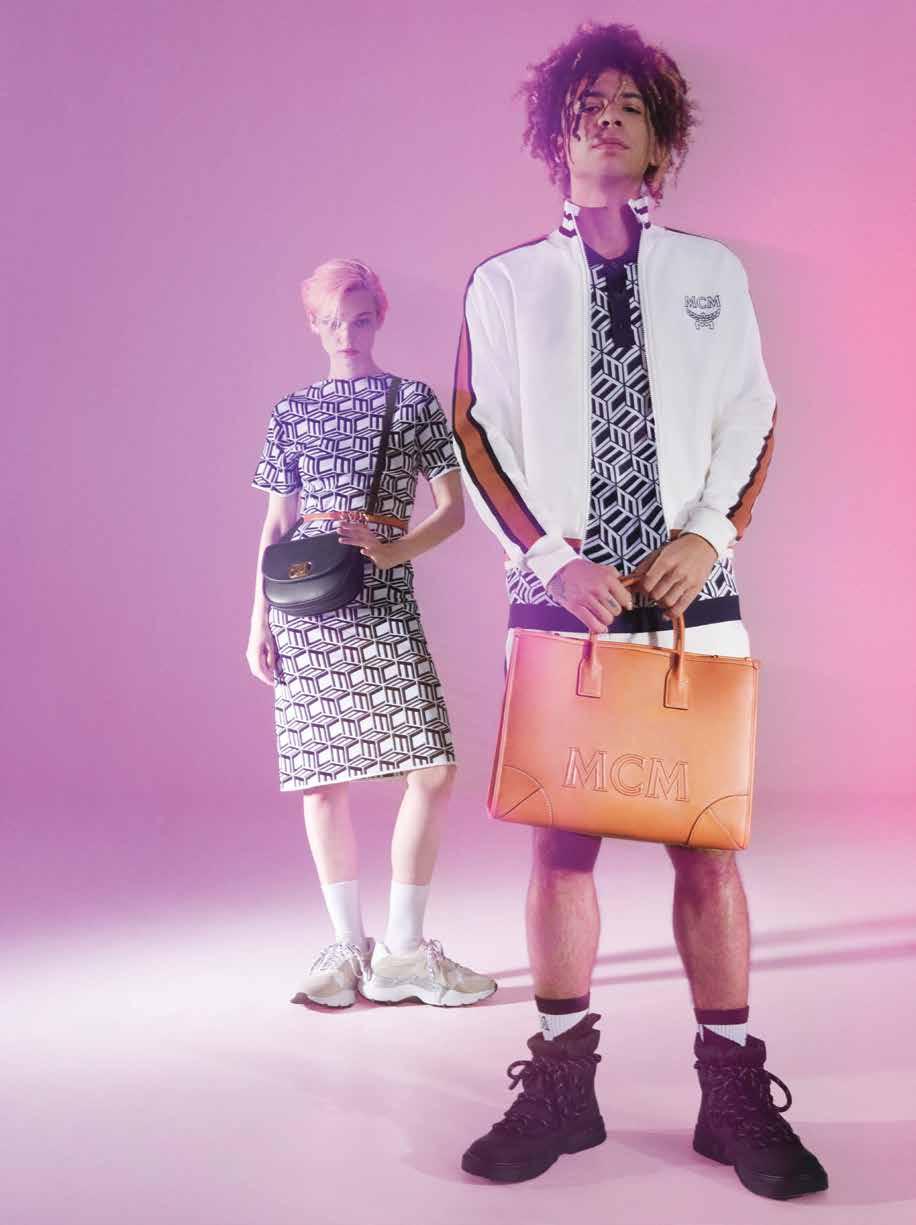
MCM Waikiki 2330 Kalakaua Ave 808-465-2354


www.mcmworldwide.com
HALEKULANI CORPORATION
CHIEF OPERATING OFFICER
PETER SHAINDLIN
CHIEF EXECUTIVE ADVISOR
PATRICIA TAM
GENERAL MANAGER, HALEKULANI
ULRICH KRAUER
DIRECTOR OF SALES & MARKETING
GEOFF PEARSON
HALEKULANI.COM
1-808-923-2311
2199 KALIA RD. HONOLULU, HI 96815
CHIEF EXECUTIVE OFFICER
JASON CUTINELLA
GENERAL MANAGER, HAWAI‘I
JOE V. BOCK
JOE@NMGNETWORK.COM
VICE PRESIDENT, BRAND DEVELOPMENT
ARA LAYLO
EDITORIAL DIRECTOR
LAUREN MCNALLY
PUBLISHED BY NMG NETWORK
36 N. HOTEL ST., SUITE A HONOLULU, HI 96817 NMGNETWORK.COM
© 2022 by Nella Media Group, LLC. All rights reserved. No part of this publication may be reprinted without the written consent of the publisher. Opinions are solely those of the contributors and are not necessarily endorsed by NMG Network.
18 MASTHEAD Halekulani Living


ROMA ROYAL HAWAIIAN CENTER ALA MOANA CENTER 646 520 2830 FENDI.COM
These unique surfboards feature designs inspired by Hawai‘i’s native flora, fauna, and culture.
ハワイの動植物や 文化にインスパイア
されたデザインのユニ ークなサーフボード。

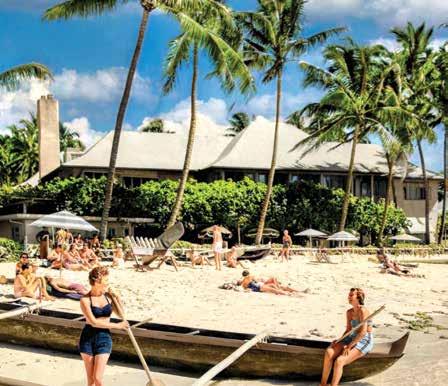
Tony Barnhill breathes new life into a blackand-white photograph of women on the beach in front of Halekulani.
ハレクラニ前のビーチで 撮影されたモノクロ写真 に、トニー・バーンヒル氏 が新しい命を吹き込む。
Rocks FASHION 106
Belle of the Bold EXPLORE 122
Change of Place
ABOUT THE COVER:
John Koga is photographed by Megan Spelman on a picturesque day in Waimea. Learn about his life and work on page 28 and travel to his studio on Hawai‘i Island in a video about the artist on Living TV.
Halekulani Living
20
ARTS 28
Creative Country 40 Written in Stone 50 Filipino Futures CUISINE 64 Musical Cheers CULTURE 76 Living History 88 Connected by Water 98 On the
88 76
TABLE OF CONTENTS


‘Opihi pickers risk their lives to pry the elusive limpet from Hawai‘i’s rocky coastlines.
人々はハワイの海岸沿い の岩場に生息する採取 の困難なカサガイを命が けで採取する。


TABLE OF CONTENTS
目次
ARTS 28
クリエイティブ・カントリー 40
刻まれた思い
50
フィリピンの未来
CUISINE 64
音楽で乾杯
Named after “extended play” records, EP Bar was inspired by renowned Tokyo listening bar JBS.
“エクステンデッド・プレイ”の 頭文字をとった「EP バー」 は、東京の老舗リスニングバ ーの「JBS」からインスピレー ションを受けている。
CULTURE 76
生きた歴史 88
海で結ばれて 98
オン・ザ・ロック
FASHION
106
大胆な美女
EXPLORE
122
チェンジ・オブ・プレイス
ABOUT THE COVER:
Halekulani Living 表紙について:
ワイメアでの美しい一日、メーガン・スペルマンさんが撮影したジョン・コガ氏。彼の人生と作品については28ページ を、ハワイ島のスタジオについてはLiving TVのビデオをご覧ください。
22
98
64
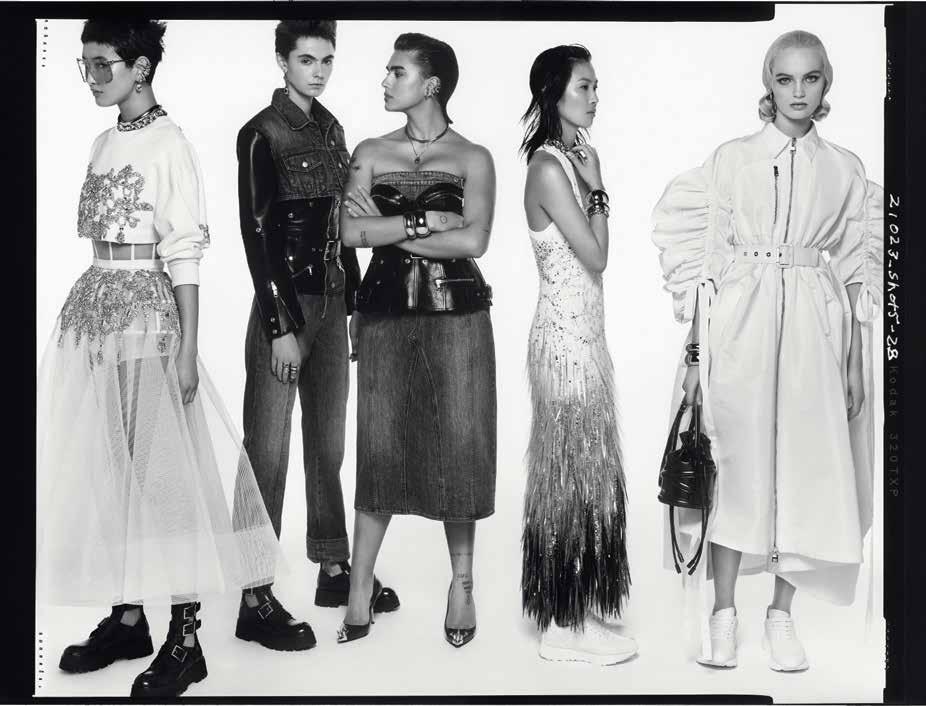
Living TV is designed to complement the understated elegance enjoyed by Halekulani guests, with programming focused on the art of living well. Featuring cinematic imagery and a luxurious look and feel, Living TV connects guests with the arts, style, and people of Hawai‘i. To watch all programs, tune in to channel 2 or online at halekulaniliving.tv.
客室内でご視聴いただけるリビング TVは、ハレクラニならではの上質な寛 ぎのひとときをお過ごしいただくため、 豊かで健康的なライフスタイルをテー マにしたオリジナル番組をお届けして います。臨場感溢れる映像で芸術や ファッション、食文化、ハワイの人々に ついてのストーリーをお楽しみくださ い。すべての番組は、2チャンネルまた はhalekulaniliving.tv からご視聴い ただけます。



CREATIVE COUNTRY
クリエイティブ・カントリー
Artist John Koga captures the soul of the land, sky, and sea in rural Waimea.
アーティストのジョン・コガ氏はワイメアの田舎町で大 地、空、海の魂を表現している。
watch online at: halekulaniliving.tv
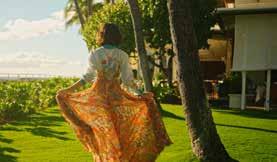
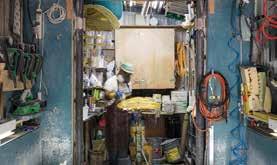
WRITTEN IN STONE
刻まれた思い
Composer Leilehua Lanzilotti pays tribute to the late American artist Isamu Noguchi.
作曲家のレイレフア・ランジロッティさんは、アメリカの 芸術家、故イサム・ノグチ氏にオマージュを捧げる。
FILIPINO FUTURES
フィリピンの未来 フォスター植物園では、マニラ在住のアーティスト、リー ロイ・ニュー氏がハワイ・トリエンナーレ2022のために、 屋外インスタレーションを制作中だ。
At Foster Botanical Garden, Manila-based artist Leeroy New prepares a site-specific installation for Hawai‘i Triennial 2022.
BELLE OF THE BOLD
大胆な美女 改装されたハレクラニで撮影されたファッションページ は、ワイキキの「天国にふさわしい館」の新たな魅力を 紹介する。
Rediscover Waikīkī’s “house befitting heaven” in this fashion editorial set against the backdrop of Halekulani’s newly renovated spaces.
CONNECTED BY WATER
A surf instructor, board shaper, and design team join forces to create one-of-a-kind surfboards for Halekulani’s Art of Surfing program.
過去に想いを馳せて サーフインストラクター、ボードシェイパー、デザインチームの 3人が協力して、ハレクラニのアート・オブ・サーフィン・プログ ラムのために世界に1つしかないサーフボードを制作した。
WHAT TO WATCH
24
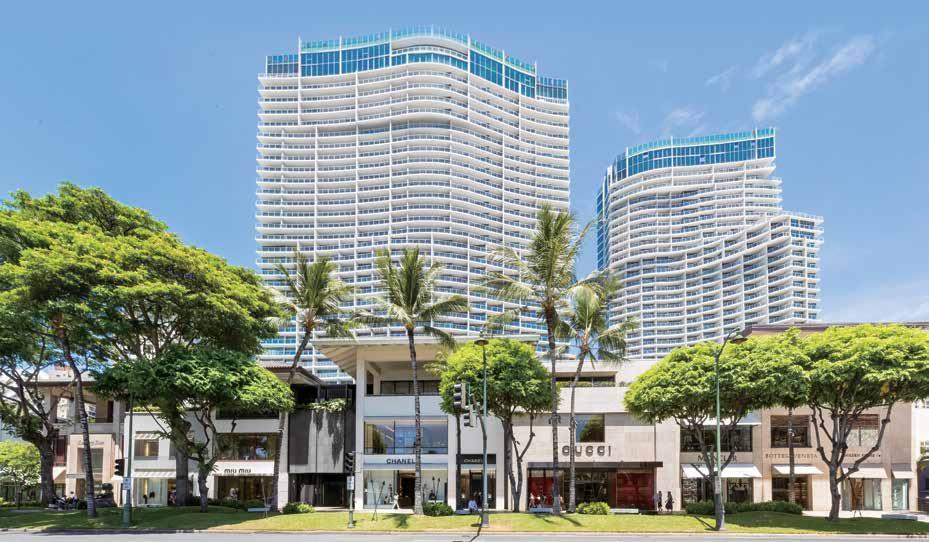



IMAGE BY CHRIS ROHRER

ARTS
TEXT BY
JEANNE COOPER
IMAGES BY MEGAN SPELMAN
文:ジャンヌ・クーパー 写真:メーガン・スペルマン
CREATIVE COUNTRY
クリエイティブ・カントリー
Artist John Koga’s move to Waimea marks a new chapter in his multifaceted career.
ワイメアに移住したアーティストのジョン・コガ氏は、多面的なキャリアの新たな章をスタートさせた。
The prolific artist now creates work in a repurposed stable in paniolo (Hawaiian cowboy) country.
多作なアーティストは
パニオロ(ハワイのカウ ボーイ)カントリーにあ る馬小屋を再利用して、
創作活動に取り組んで いる。

Born and raised in Honolulu, artist John Koga freely admits that he and Kajsa Koga, his wife and longtime business partner, didn’t know what they were doing when they relocated to Hawai‘i Island’s quiet upcountry town of Waimea in 2019. Living first in a modest residential subdivision, they later moved 20 minutes away to a verdant ranch where only gentle mists impede the stunning mountain views.
“Something magical has happened,” Koga says, wearing board shorts and slippers as he gives a tour of the former stable stalls that now serve as his studio and unofficial gallery. “Likeminded hearts find each other,” he adds, in reference to the small group of artist friends he’s invited over this morning. “You can breathe and think clearly here.”
ホノルルで生まれ育ったアーティストのジョン・コガ氏は、妻で長年のビ ジネスパートナーのカジサさんとともに、2019年にハワイ島の静かな 田舎町、ワイメアに移住した。引っ越してすぐの頃は、「右も左もわから なかった」と彼は素直に認める。最初の頃は普通の住宅地に住んでい たが、しばらくして20分ほど離れた霧さえかからなければ素晴らしい山 の景色が望める緑豊かな牧場に引っ越した。
ボードショーツにスリッパを履いたコガ氏は、もともと馬小屋だった スタジオ兼ギャラリーを案内しながら、「不思議なことが起こってね」 と、今朝、牧場に招いた数人のアーティストたちについて話す。「似た者 同士は巡り合うようになっているんだ」と付け加えた。「ここでは深呼吸 ができて、考えがまとまるのさ」。
Halekulani Living 28
ARTS
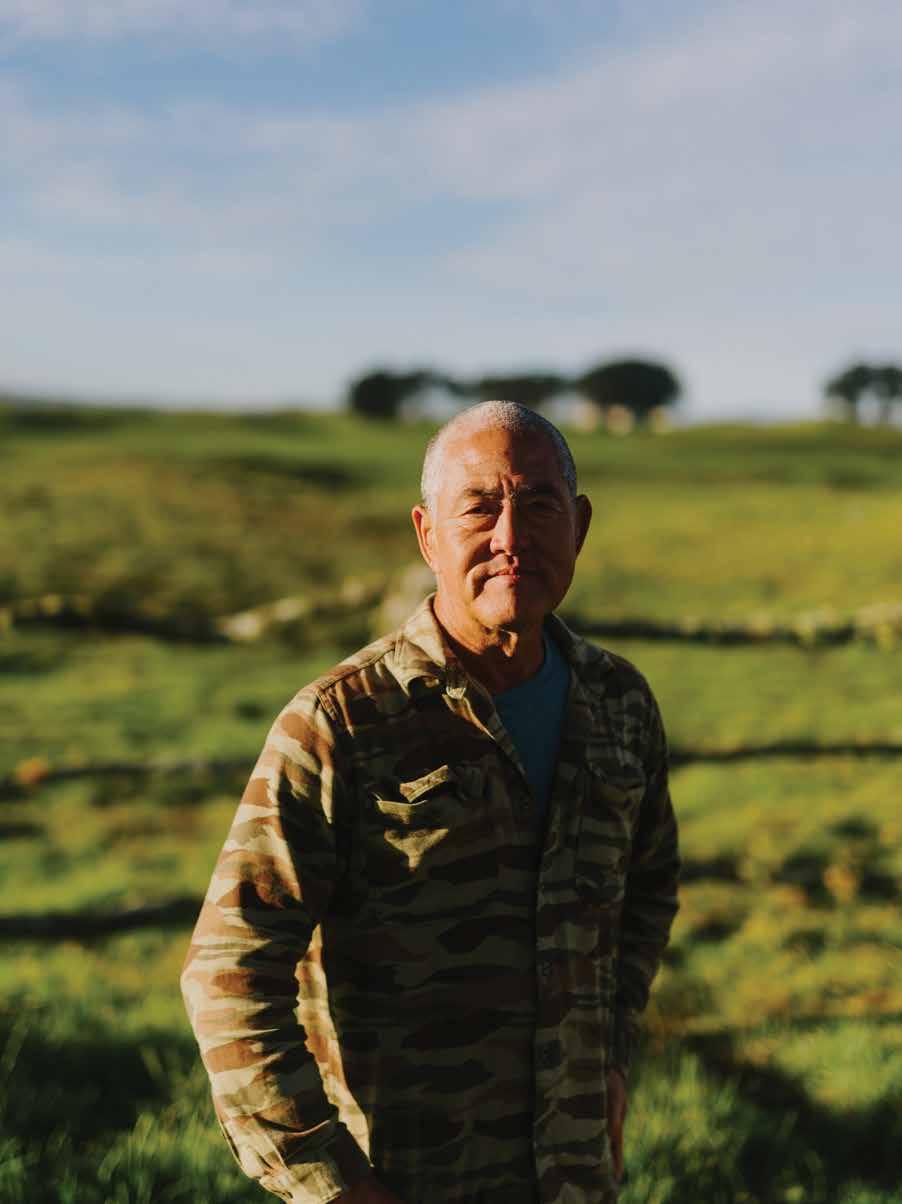
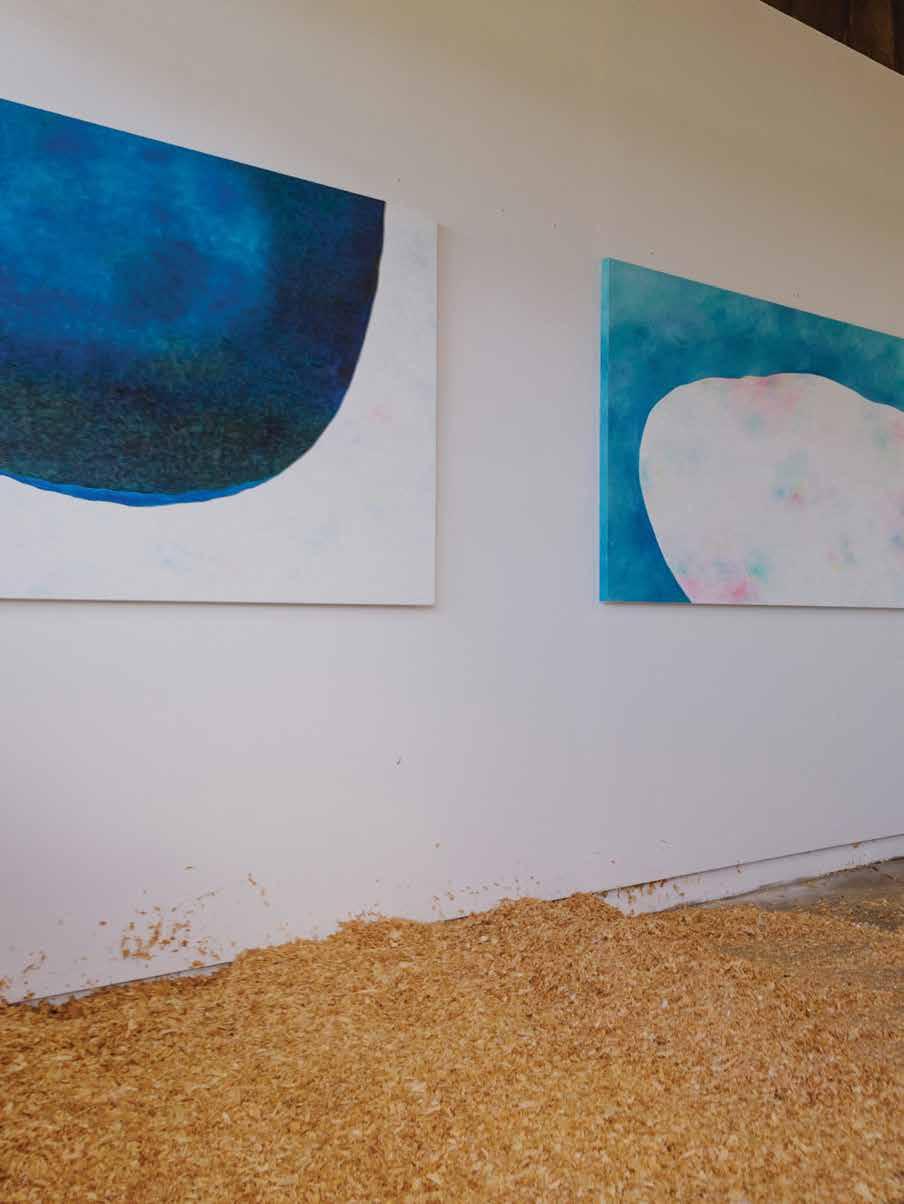

With soft-edged, abstract shapes and luminous, often pastel hues, several of Koga’s paintings in the repurposed stable resemble those from his 2021 solo exhibition at Halekulani, along with the four original oil paintings and two-story showpiece commissioned by the hotel, the latter of which is entitled Halekulani and spans the shared showcase wall of Orchids and La Mer. The titles of the four paintings intended for the hotel’s rooms and suites—Dancing Spring, Heavenly Water, Land Sky Ocean, and Coral Blossom—hint at the profound influence that Hawai‘i’s natural landscape has had on Koga’s imagery. “I often try to bring out the soul of the stone, the mountain, the cloud, the water, and that’s what I’m trying to convey to my audience,” he says.
In the gallery portion of his Waimea studio, one new canvas leaps out for its undulating ribbon of red across a black mountain with indigo sky, evocative of the flowing lava for which Hawai‘i Island is famed. Koga says he created a similar painting for the Halekulani show after witnessing the island’s largest brush fire, which consumed more than 40,000 acres of nearby ranchlands. “I was really moved by the fire, because at nighttime looking toward Maunakea, you couldn’t judge the distance,” he says.
Overall, the paintings’ elegant simplicity and inviting tones reflect the influence of his painting mentors, Harry Tsuchidana and the late Tadashi Sato, whose works have also been exhibited or collected by Halekulani. Koga speaks with gratitude about the opportunity to “hang out and have pupus” with these senior artists and his mentors in sculpture, Satoru Abe and Bumpei Akaji, who, like Koga, descended from Japanese immigrants who worked on Hawai‘i’s plantations. “They went into fine art when everyone else was becoming businessmen,” Koga says.
According to a 2001 profile in the Honolulu Star-Bulletin, which described his early exhibitions of sexually charged carvings and scatological sculptures, Koga initially made a name for himself in Honolulu as an enfant terrible. “I tried to understand the game of art—and museums and auction houses and galleries, and the role they all played in the business of art—and I also tried to figure out for myself how you get known,” Koga explains, admitting he’d try to cause “enough trouble” to gain press. “I always pushed boundaries.”
馬小屋のスタジオに置かれたコガ氏のいくつかの絵は、ソフトな輪 郭で抽象的な形と明るいパステル調の色彩が特徴的だ。2021年のハ レクラニでの個展の作品や、ホテルから依頼された4枚のオリジナル油 絵、そして『Halekulani』と題されたオーキッズとラ・メールの間の壁一 面を飾る2階建ての展示作品ともよく似ている。
ホテルの客室とスイート用に描かれた4枚の絵、『Dancing Spring』 『Heavenly Water』、『Land Sky Ocean』、『Coral Blossom』の作 品名は、ハワイの自然風景がコガ氏の想像力に与える影響力の深さを 伺わせる。「石や山や雲や水の魂を表現したいと思ってる。それを僕の 絵を見る人に伝えたい」。
ワイメアのスタジオ内にあるギャラリーに入ると、ハワイ島を象徴す る溶岩を連想させる、藍色の空と黒い山に赤いリボンがうねる新作の キャンバスが目に飛び込んでくる。ハレクラニでの展示用に同じような 絵を描いたのは、近隣の4万エーカーの牧草地を焼き尽くしたハワイ島 最大の山火事を目撃した後だという。「あの山火事には本当に感動した よ。夜中にはマウナケア山がとても近くに見えたんだ」と彼は語る。
コガ氏の作品のエレガントな質素さと魅力的な色使いは、彼の絵画 の師であるハリー・ツチダナ氏や故タダシ・サトウ氏から受けた影響に よるものだ。彼らの作品はハレクラニにも展示収蔵されている。これら の先輩アーティストや、彫刻の師匠であるサトル・アベ氏、ブンペイ・アカ ジ氏らと“ププ(つまみ)”を食べながら一緒に時間を過ごせたことに、彼 は感謝しているという。彼らもコガ氏と同じ、ハワイのプランテーション で働いた日系移民の子孫だ。「みんながビジネスマンになっていた頃、 彼らは美術の道を選んだんだ」。
2001年にホノルル・スターブレティン紙に掲載されたプロフィール には、初期の展覧会で性的な彫刻やスカトロのオブジェを発表したコ ガ氏は当初、「アンファン・テリブル」としてホノルルで名を馳せたと書か れている。当時は報道陣の注目を集めるために物議を醸す何かをしよ うとしていたという彼は、「アートというビジネス、それに美術館やオー クションハウス、ギャラリーの役割を理解しようとしていた。どうすれば 有名になれるかを自分なりに考えていたんだ」と説明する。「僕はいつで も限界に挑んだ」。
ニューヨーク、ロサンゼルス、マイアミのギャラリーで高級家具や照 明器具を展示するラルフ・プッチ氏も、2007年にはコガ氏の質素な石 の彫刻に目を留めた。ラルフ・プッチ・インターナショナルは、コガ氏の 石細工、鋳造品、ブロンズの取り扱いを始めたが、プッチ氏が自身の家 具ブランドのデザインを彼に依頼したのは2018年のことだった。プッ
Halekulani Living 32 ARTS

そして展示スペースでもある。
コガ氏のスタジオは、ハワイ島のアーティストや職人たちの集いの場、
Koga’s studio doubles as a gathering and exhibition space for his circle of fellow Hawai‘i Island artists and artisans.
The natural forms in Koga’s work bear influences from his mentors, including luminaries Satoru Abe and the late Tadashi Sato.
コガ氏の作品に見られる 自然なフォルムは、サトル・ アベ氏やタダシ・サトウ氏
といった師匠の影響を受 けている。

By 2007, Koga’s austere stone sculptures had caught the eye of Ralph Pucci, whose galleries in New York, Los Angeles, and Miami also showcase luxury furniture and lighting. Although Ralph Pucci International began carrying Koga’s stoneworks, castworks, and bronzes, it wasn’t until 2018 that Pucci asked the artist to design his own line of furnishings: fluid, three-pronged chandeliers and minimalist, orb-topped floor lamps using Pucci’s proprietary plasterglass. “My gut instinct is he really wanted me to be known as a sculptor first,” Koga says. “Then, he let me cut loose.”
Koga credits the great Isamu Noguchi, “one of the people I’ve always studied and admired,” for inspiring this foray into furniture design. The influential American sculptor “was immersed in all the different parts of our creative process, whether it was working with Martha Graham in dance, or making sets, or doing huge installations— or, of course, furniture-making,” Koga explains. “Understanding that maybe not everyone can afford
チ独自の石膏ガラスを使った流動的な3本柱のシャンデリアと上部が 球状のミニマルなデザインのフロアランプだ。「おそらく彼は僕に、まず 彫刻家として有名になってほしかったんだと思う」とコガ氏は言う。「そ れからは自由にやらせてくれたよ」。
コガ氏が家具デザインの世界に足を踏み入れたきっかけは、「ずっと 勉強してきた尊敬する人の一人」であるイサム・ノグチ氏の存在にあっ たという。アメリカの著名な彫刻家である彼について、「彼は僕たちの創 作活動のあらゆる分野にどっぷり浸かっていた。マーサ・グラハムさんと のダンスの共同プロデュースやセット作り、巨大なインスタレーション の制作、そしてもちろん家具作りも」とコガ氏。「彼の彫刻は誰もが買え るとは限らないから、ここには大衆向けに、彼らの住む生活空間のため に彼が作ったものがあるんだ」。
コガ氏のしなやかなデザインの照明器具には、うねったパズルピー スのような彫刻と共通するものがある。ぴかぴかの照明が、ワイメアの スタジオで最後の仕上げを待っている。この日、牧場ツアーに招待され たのは、カパ職人のローエン・ハフォードさん、織物職人のリン・マーテ
Halekulani Living 34 ARTS



“You can breathe and think clearly here,” Koga says of his home in Waimea’s rolling hills.
ワイメアのなだらかな丘に ある自宅について、コガ氏 は「ここでは深呼吸ができ て、考えがまとまる」と語る。

his sculptures, here’s something for the masses that he created for their physical living spaces.”
Koga’s sinuous lighting fixtures share kinship with his undulating, puzzle-piece-like sculptures, one of which stands gleaming in his Waimea studio as it awaits final touches. The local artists that Koga has invited on the tour—kapa maker Roen Hufford, weavers Lynn Martin Graton and Joan Namkoong, and lei maker Mary Sakamoto—seem equally intrigued by an egg-laying red hen in the artful chicken coop he built next door. In this new, rustic exhibition space, Koga looks forward to sharing his friends’ artworks, too.
“It’s just who I am as far as helping others, not only others in art, but the community as a whole,” says Koga, who also volunteers at the weekly community meals in Waimea. “When the heart and mind have the right intentions for the community, for our ‘āina (the land), and how we take care of each other, that for me is one of the most important parts of what I consider living.”
ィン・グラトンさんとジョアン・ナムクーンさん、そしてレイ職人のメアリ ー・サカモトさんだ。地元アーティストの彼らは、コガ氏がギャラリーの 隣に建てた立派な鶏小屋で卵を生む一羽の赤い鶏を揃って興味深げ に眺めている。コガ氏は、この新しい素朴な展示スペースで、友人たちの 作品も紹介したいと考えている。
「アーティスト同士だけでなく、コミュニティ全体の人助けをするのが 僕の仕事だよ」と語るコガ氏は、ワイメアで毎週食事を提供するコミュ ニティミールのボランティアも行っている。「地域社会やアイナ(土地)に 対して正しい心のあり方を持ち、お互いを思いやることが、僕にとっては 生きるということの最も大切な要素なのさ」。
Halekulani Living 38 ARTS

ON DISPLAY AND FOR SALE: WORLD-CLASS ART ON WAIKIKI Works by Picasso, Rembrandt, Renoir, Chagall, Toulouse-Lautrec, Peter Max, Michael Godard, Romero Britto, and others. 展示および販売中:世界中から集められた貴重な作品をワイキキで見ることができます ピカソ、レンブラント、ルノアール、シャガール、ロートレック、ピーター・マックス、 マイケル・ゴダード、ロメロ・ブリット、その他巨匠の作品。 FINE ART MUSEUM GALLERY & AUCTIONS EST. 1969 PARK WEST ® On the Waikiki Beach Walk. ワイキキ・ビーチ・ウォーク内 808.859.4871 parkwesthawaii.com
 TEXT BY ERIC STINTON
TEXT BY ERIC STINTON
IMAGES BY
NANCY CRAMPTON, CHRIS ROHRER,
DON STAHL, VYTAS VALAITIS, & COURTESY OF THE NOGUCHI MUSEUM ARCHIVES
文:エリック・スティントン
写真:ナンシー・クランプトン、 クリス・ローラー、ドン・スター ル、ヴァイタス・ヴァライタス、 ノグチ美術館アーカイブ提供
WRITTEN IN STONE
刻まれた思い
In a collaboration that transcends time and space, composer Leilehua Lanzilotti creates enigmatic works in conversation with the late artist Isamu Noguchi.
作曲家のレイレフア・ランジロッティさんは、芸術家の故イサム・ノグチと対話しながら、時空を超えたコラボレーション作品を制作している。

ARTS
Living
Halekulani
“We all look to the past and to the future to find ourselves,” wrote the late artist Isamu Noguchi.
“Here, we find a hint that awakens us; there, a path that someone like us once walked.” It’s a quote returned to often by musician and composer Leilehua Lanzilotti, who grew up frequenting the same path Noguchi tread to construct his sculpture Sky Gate near Honolulu Hale, where Lanzilotti’s father worked for then-Honolulu Mayor Frank Fasi.
This was long before she was formally introduced to the work of the prolific American sculptor, and just one of her formative experiences encountering art in outdoor spaces. Lanzilotti’s mother, who worked at the former Contemporary Museum of Honolulu, encouraged her to explore the museum’s fields and gardens, which were adorned with kinetic sculptures. “I loved being outdoors in the middle of all that art,” she recalls. “It was really influential to my way of thinking about art and music-making in a playful way.”
But the kind of mastery that Lanzilotti is known for also required structure. As a child she began studying under Hiroko Primrose, a “strict, oldschool, and incredible” violin teacher, while also dancing in Hālau Hula O Ma‘iki, an experience that provided her with an in-depth cultural education in Hawaiian language and music.
After graduating from Punahou School in 2002, she spent the next 19 years learning, playing, and teaching music across the United States and Europe. While living in New York, she began collaborating with The Noguchi Museum in Long Island, an institution dedicated to the work of Isamu Noguchi. Inspired by the museum’s collection, she proposed putting on a performance in the space.
The museum liked the idea and invited her to play something for an upcoming exhibit featuring two Noguchi sculptures that had never been displayed together before: Birth, a travertine figure of a woman with her head thrown back, and Death, a metal figure being lynched. The museum offered her two obsidian sound sculptures that Noguchi made to be played as instruments, suggesting that she ring them at the start of her string and vocal performance.
「私たちは皆、自分自身を見つけるために、過去と未来に目を向けてい る」と、芸術家の故イサム・ノグチ氏は書き残している。「ここには、私た ちを目覚めさせるヒントがあり、そこには、かつて私たちのような誰かが 歩いた道がある」。音楽家で作曲家のレイレフア・ランジロッティさんは この言葉をよく口にする。ランジロッティさんの父親は当時のホノルル 市長フランク・ファシに仕えていて、ノグチ氏がホノルルハレ(市庁舎)の 近くにある彫刻『スカイゲート』を建てたときに歩いたであろう道を、彼 女は子供の頃よく通った。
それは彼女がこの多作なアメリカ人彫刻家の作品のことを知るずっ と前のことで、屋外彫刻に触れた初期の経験のひとつに過ぎない。旧ホ ノルル現代美術館で働いていたランジロッティさんの母親は、美術館の 敷地内にあるキネティックアート(動く美術作品)で飾られた庭を散策 するよう勧めた。「野外で沢山のアートに囲まれているのが好きでした」 と彼女は振り返る。「私が芸術や音楽制作に対して遊び心を持つように なったのは、その影響が大きいのです」。
ランジロッティさんのような匠の技には、ストラクチャが必要とされ る。幼少の頃、彼女は“厳格で保守的で素晴らしい”バイオリンの先生で あるヒロコ・プリムローズさんに師事しながら、「ハーラウ・フラ・オ・マイ キ」でフラを踊り、ハワイ語と音楽の豊かな文化教育を受けた。
2002年にプナホウ・スクールを卒業後、19年間、米国とヨーロッパ で音楽を学び、演奏し、教えてきた。ニューヨーク在住時、イサム・ノグチ 氏の作品を展示するロングアイランドにあるノグチ美術館とのコラボレ ーションを始めた。美術館のコレクションに深い感銘を受けた彼女は、 その空間でパフォーマンスを行うことを提案したのだった。 ノグチ美術館はこのアイデアを気に入り、それまで合わせてディス プレイされることのなかったノグチ氏のトラバーチンでできた頭を後ろ に投げ出した女性像『誕生』と金属製のリンチされた人体『死』の彫像2 作品を同時に公開する次回の展示で、何か演奏してほしいと彼女に依 頼した。ノグチ氏が制作した黒曜石の楽器のサウンドスカルプチャー2 点を美術館から渡され、弦楽器と声楽のパフォーマンスの始まりに鳴ら してはどうかと提案されたランジロッティさんは、あえてサウンドスカル プチャーを曲の随所に取り入れた全く新しい曲を作曲した。 このプロジェクトがきっかけでスタートしたコラボレーションは、 ランジロッティさんが2021年にハワイに戻った今も続いている。現
Halekulani Living 42 ARTS

Co-commissioned by the Mayor’s Office of Culture & the Arts and Chamber Music Hawai‘i, Lanzilotti’s upcoming performance at Sky Gate is one of several she’s orchestrated in honor of the artist Isamu
ホノルル市郡文化芸術局とチェンバー・ミュージック・ハワイの共同委嘱による 『スカイゲート』でのレイ・レフア・ラジロッティさんの公演は、彼女がこれまで に企画したイサム・ノグチ氏を讃えるパフォーマンスの一つだ。
Noguchi.
Sky Gate casts a circular shadow twice a year during a solar phenomenon known in Hawai‘i as Lāhainā Noon.
『スカイゲート』は、年に
2回、ハワイでラハイナ·ヌー ンと呼ばれる太陽現象のと き、円形の影を落とす。

Instead, Lanzilotti created an entirely new work that incorporated the sound sculptures throughout the composition.
The project kicked off an ongoing collaboration that continued even after Lanzilotti moved back to Hawai‘i in 2021. Currently, she’s finalizing a composition for Sky Gate, a fitting project for her return home. When she was at The Noguchi Museum, she saw a miniature model of Sky Gate, and while it looked familiar, it wasn’t until later that she recognized it as the same sculpture she and her dad would eat lunch under when she was younger.
Mysterious and imposing, the sculpture’s painted steel frame holds an undulating ring 24 feet in the air above a circular concrete platform. The public artwork was part of Fasi’s efforts to beautify the Capitol District, though it wasn’t well received at first. “There are a lot of funny articles from the time that are like, ‘What is this thing?’ Lots of people hated it,” Lanzilotti explains, adding that perceptions have changed given how the sculpture interacts
在、彼女は帰郷後のプロジェクトにふさわしい『スカイゲート』の作曲 を完成させているところだ。ノグチ美術館で『スカイゲート』のミニチュ ア模型を見たとき、見覚えはあったものの、幼い頃、父親と一緒に下で ランチを食べたあの彫刻と同じだと気づいたのは、後になってからの ことだった。
不思議なフォルムの堂々たる彫刻は、塗装されたスチール製のフレ ームが、円形のコンクリート製プラットフォームの上に、7.3メートルの 高さでうねったリングを支えている。このパブリックアートは、元ホノル ル市長のフランク・ファシによるキャピタルディストリクトの美化活動の 一環であったが、当初はあまり評判がよくなかった。「当時の記事には『 これは何だ』というような面白いものがたくさんあります。多くの人が嫌 っていました」とランジロッティさんは説明し、今の公園と彫刻の間に 生まれた関係によって、その認識は変わってきたと付け加えた。「木々が 成長し、彫刻の四面体の形を真似るように枝を広げています。それはま るでノグチ氏がこの彫刻を、50年近く経った今の、彼が見ることのない 未来の公園のために作ったかのようです」。
Halekulani Living 44 ARTS

彫刻家、デザイナー、造園家として知られるイサム·ノグチ氏は、生涯を 通じて多くの公園を設計した。ヴァイタス・ヴァライティス撮影の写真。
A celebrated sculptor, designer, and landscape architect, Isamu Noguchi spent much of his life designing parks. Photo by Vytas Valaitis ©INFGM / ARS.
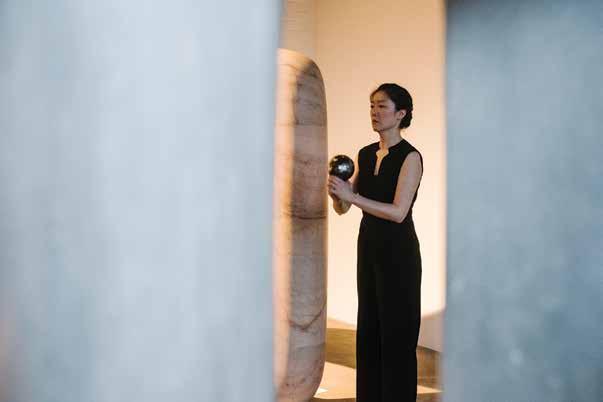
with the park today. “The way the trees have grown in, the way the branches reach out and mirror the tetrahedron shape, it’s like Noguchi was making this sculpture for now, almost 50 years later, for a version of the park he’d never see.”
Lanzilotti’s performance, written for ten musicians, is a fulfillment of Noguchi’s original vision to activate the park as a community space. “He wanted concerts here,” Lanzilotti says. “Depending on which musician you’re close to, you’ll hear different things. That’s different from being in a concert hall, where you don’t move. This project is about the relationship between people and art and parks. It’s about being in the world.”
In many ways, Lanzilotti is collaborating with Noguchi himself, even though he worked in a completely different artistic medium and died in 1988, when Lanzilotti was five years old. But the art he left behind has resonated with her, specifically Noguchi’s approach to his creative practice.
10名のミュージシャンのために書かれたランジロッティさんのパ フォーマンスは、公園をコミュニティスペースとして活性化させるとい うノグチ氏の当初のビジョンを実現させたものだ。「彼はここでコンサ ートをしたかったのです」とランジロッティさん。「ここではどのミュー ジシャンの近くにいるかによって、聴こえる音が違ってきます。席に座 って動かないコンサートホールとは違うのです。このプロジェクトで大 切なのは、人とアート、そして公園の関係です。屋外で楽しむことに意 味があります」。
1988年、ランジロッティさんが5歳の時に亡くなったノグチ氏は全 く異なる芸術手法を用いたが、彼女は多くの面でノグチ氏自身と今もコ ラボレーションしている。ノグチ氏が遺した芸術作品、とりわけ彼の創 作活動との向き合い方に共感を覚えるという。
現代美術の多くは、いわゆる「パースペクティブ・テイキング」、つま り相手の立場に立って物事を考えることを実践している、とランジロッ ティさんは言う。「ノグチ氏が公園の周辺や素材をどのように捉え、向き 合ったのかを想像するのは楽しいです。彼の作品と向き合い、その周り ARTS
Halekulani Living 46

2018年にノグチ美術館でノグチ氏の有名な光の彫刻への頌歌を演奏 するレイレフア・ランジロッティさん、アシュリー・ジャクソンさんとアリ ス・テイジィーさん。
Leilehua Lanzilotti, Ashley Jackson, and Alice Teyssier performing an ode to Noguchi’s famed light sculptures at The Noguchi Museum in 2018.
Noguchi left behind an extensive body of work that challenged the boundaries between art and life.
Photo by Nancy Crampton ©INFGM / ARS.
ノグチ氏は、芸術と生活の 境界線に挑むような幅広い
作品を残した。ナンシー・ク ランプトン氏撮影の写真。

A lot of contemporary art is about practicing “perspective-taking,” or the act of perceiving a situation from alternative points of view, Lanzilotti says. “It’s interesting to see how Noguchi approached the parameters of a park or a material, engaging with his work and walking around it, looking at it from different perspectives, and trying to understand why he would do that, or what his approach was,” she adds. “Creativity is problem solving.”
Explained further, perspective-taking is an act of empathy, one of the most potent problem-solving tools we have. “It’s hard for people to hear each other and see each other’s perspectives,” Lanzilotti says. “But contemporary art can help bring communities together. It can be a way to understand each other.”
を歩き、さまざまな視点から見て、なぜ彼がそうしたのか、どんなアプロ ーチだったのかと考えたりします」と彼女は加えた。「創造とは問題解 決のようなものです」。
さらに言えば、パースペクティブ・テイキングは、相手に共感すると いうこと。それは私たちが持つ最強の問題解決ツールだともいえる。
「人々が互いの意見を聞き、互いの視点を理解するのは難しいことで す」とランジロッティさんは語った。「でも現代アートはコミュニティをひ とつにしてくれます。お互いを理解するための手段となるのです」。
Halekulani Living 48 ARTS
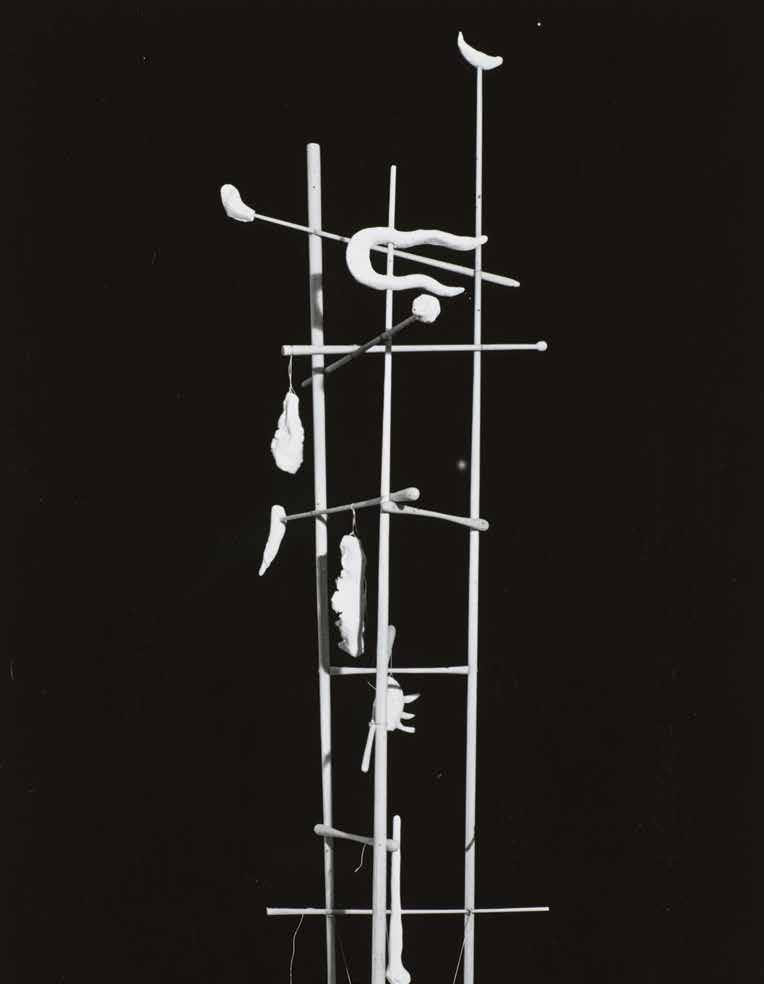
A model of Noguchi’s unrealized Bell Tower for Hiroshima (1950), the inspiration for Lanzilotti’s 2019 composition beyond the accident of time. Photo courtesy of The Noguchi Museum Archives ©INFGM / ARS.
実現しなかったノグチ氏の『広島のための鐘楼』(1950年)の模型。 ランジロッティさんが2019年に作曲した『beyond the accident of time』のインスピレーションとなっている。ノグチ美術館アーカイブ提 供の写真。
TEXT
BY
KYLIE YAMAUCHI
IMAGES
BY
MARIE ERIEL HOBRO
文:カイリー・ヤマウチ
写真:マリー・エリエル・ホブロ
F ILIPINO FUTURES
フィリピンの未来
Leeroy New showcases his alien creations at Foster Botanical Garden for Hawai‘i Triennial 2022.
現代アーティスト、リーロイ・ニュー氏の宇宙人の作品がハワイ・トリエンナーレ2022の期間中、ホノルルのフォスター植物園にて公開されている。

ARTS
Halekulani Living

In resistance to the rarefied museum experience, Leeroy New’s art invites people to get close, to touch, and to loudly enjoy the work.
リーロイ・ニュー氏のアートは、美術館での高尚な体験とは異なり、 近づいて触ったり、誰もが自由に楽しめる作品ばかりだ。
On a manicured clearing in Foster Botanical Garden, a lush respite on the border of downtown Honolulu, a life-sized space pod rests. Constructed of loosely interwoven bamboo, this alien craft hardly resembles the impermeable, aluminum UFOs depicted in popular culture. Tucked into the messy lattice is an array of worn surfboards, angled like quills on a porcupine in repose. Scraped of its wax, each weathered, yellow board is covered in bright pink spray paint at its tip. The mouth of the pod gapes open, inviting visitors to step into the bamboo dome; the rear end narrows into a twisting tail, shimmering with scales made of discarded plastic bottles.
This installation, titled Taklobo, which means “giant clam” in Tagalog, is part of Hawai‘i Triennial 2022 (HT22), an event showcasing 43 artists and collectives over 11 weeks in public spaces across Honolulu. Themed “Pacific Century,” which alludes to Hawai‘i as a meeting place for Asia-Pacific and Oceanic influences, it’s fitting that HT22 sought out Manila-based artist Leeroy New, who imagines sustainable Filipino futures in his alien works. Much of New’s early oeuvre is brash and playful, a stark contrast to the 36-year-old artist’s humble, reserved disposition. I spoke with New over FaceTime in the middle of his second day installing Taklobo. Slightly jet lagged and sporting a tank top, New explained he spent most of the day alone, something he’s accustomed to despite the demands of installing his larger-than-life works. “Having worked in the Philippines, we’re not used to asking for stuff,” New said. “We tend to just go at it and make the most out of it.”
That’s another thing about New: He regularly speaks in the plural “we,” referring to Filipinos in the Philippines, when discussing his practice. His compatriots, their cultural past, and social present inform every detail of his art, which is perhaps why this unconscious but abundant “we” emerges. Born in General Santos City, a port town famous for its tuna industry, New stepped into the creative world at an early age, crossing islands to attend Philippine High School for the Arts. Far from his hometown, New was introduced to theater, performance and installation art, and sculpting. He focused his practice on the latter while at the University of the Philippines College of Fine Arts in Manila. In those formative years, he learned
ホノルルのダウンタウンの外れにある緑豊かなフォスター植物園の手 入れの行き届いた芝生の上に、実物大の宇宙船のようなオブジェが鎮 座している。竹をゆるく編んで作られたこの宇宙船は、私たちが想像す る頑丈なアルミ製の機体とは似ても似つかないものだ。複雑に編まれ た格子の隙間には、たくさんの使い古しのサーフボードがはめ込まれ、 針毛を伏せた状態のヤマアラシのような模様を作り上げている。ワック スが剥がれ、風化して黄色くなったボードの先端には、鮮やかなピンク のスプレーが塗られている。尻すぼみの後部から使用済みペットボトル で作られた鱗がキラキラと光るねじれた尾が伸びる宇宙船は、ぽっかり と大きく口を開けて、来場者を竹のドームの中へと誘っているようだ。 タガログ語で「海松貝(ミルガイ)」という意味の『Taklobo』と題さ れたこの作品は、ホノルル市内のパブリックスペースで11週間にわたっ て、43人の芸術家とアートグループの作品が公開される国際芸術祭 「ハワイ・トリエンナーレ2022(HT22)」の一環で製作されたものだ。 そのテーマとなっている「パシフィック・センチュリー」は、ハワイがアジ ア太平洋とオセアニアのアートや文化の交流の場であることを示唆し ている。宇宙人の作品を通して持続可能なフィリピンの未来を表現す るマニラ在住のリーロイ・ニュー氏は、今回のHT22のテーマにふさわ しいアーティストといえる。
ニュー氏の初期の作品には、36歳のアーティストの謙虚で控えめ な性格とは対照的な大胆で遊び心のあるものが多い。『Taklobo』の製 作2日目、作業中のニュー氏とフェイスタイムで話す機会を得た。タンク トップ姿のニュー氏は時差ボケのまま、一日の大半を一人で作業して いて、大型作品を製作するのは大変だが慣れっこだという。「フィリピン で仕事を経験している僕たちは、人に頼むことに慣れていません」とニ ュー氏。「ただひたむきに取り組んで、それを最大限に楽しもうと考えま す」。
ニュー氏は自身の作品について話すとき、大抵フィリピンに住むフ ィリピンの人たちを指して「僕たち」という複数形を使って話す。彼の同 胞、文化遺産、社会の現状が彼のアートの細部にまで影響を与えてい るからこそ、この無意識でありながら深い意味を持つ「僕たち」という言 葉に表れるのだ。
マグロ産業で有名な港町、ジェネラルサントス市に生まれたニュー 氏は、幼い頃から創作の世界に足を踏み入れ、島を渡ってフィリピン芸 術高等学校に入学した。故郷を遠く離れ、演劇、パフォーマンス、インス タレーションアート、彫刻に触れる思春期を過ごし、マニラにあるフィ リピン大学の芸術学部在学中は、後者に重点を置いて制作を行った。 その頃彼は、アート界においてアメリカやヨーロッパのアーティストた
Halekulani Living 52 ARTS

The installation is titled Taklobo, which means “giant clam” in Tagalog.
このインスタレーション
は、タガログ語で「海松貝 (ミルガイ)」を意味する 『Taklobo』と題されて いる。

how American and European artists dominated the industry, forming a monopoly in pricey museums and private galleries. “Initially, we were problematizing, as art students, the inefficiencies of existing art systems,” New told the Philippine design platform Fame+. “Like the gallery and museum system, we were all aware that these were adapted concepts from our colonizers or the global powers, so they may not necessarily be effective in the Philippines.”
For this reason, most of New’s artwork engages public spaces. In 2012, New embraced the postapocalyptic, barren landscape of the Paoay Sand Dunes, a popular tourist destination along the South China Sea, to build a massive spaceship that towered above curious bystanders atop bamboo poles.
Tapping into his people’s history of migration and exploration, its skeletal frame echoed features of the Manila galleon—trading ships used for transporting valuable goods between the Spanish-colonized Philippines and Mexico from the 16th to the 18th centuries. In resistance to the rarefied museum
ちが優位な立場にあり、彼らの作品が高価な美術館やプライベートギ ャラリーをいかに独占しているかを知った。ニュー氏は、「当初、僕たち は美大生として、既存のアートシステムの非効率性を問題視していまし た」とフィリピンのデザインプラットフォーム「Fame+」に語っている。 「ギャラリーや美術館のシステムと同じで、それは植民地支配者や世 界的な大国に合わせた概念であって、必ずしもフィリピンにとっては有 益でないことに誰もが気づいていました」。
そのため、彼の作品の多くは、公共スペースが舞台となってい る。2012年、ニュー氏は南シナ海沿いにある人気の観光地、パオアイ 砂丘の世界の果てのような不毛の風景が広がる砂の上に、通りがかり の人が登って中に入ってみることのできる巨大な宇宙船を建設した。そ の骨格は、16世紀から18世紀にかけてスペイン領フィリピンとメキシ コ間を貴重な物資を輸送したマニラ・ガレオン船のデザインを反映し、 フィリピン民族の移住と探検の歴史を巧みに表現している。厳しい警 備員に一挙一動が監視されているような高尚な美術館でのアート体験 とは対照的に、ニュー氏のインスタレーションは人々が作品に近づき、 触れ、大きな声で楽しむことができる作品だ。彼のアートは、人々がいる
Halekulani Living 54 ARTS

More Chefs. More Flavors.
Delight in globally-inspired culinary flavors at International Market Place, home to Waikīkī’s largest collection of restaurants. With extraordinary eateries from award-winning chefs like Michael Mina and Roy Yamaguchi, the next chapter in your culinary journey is just around the corner. Find the finest poke, indulge in sizzling cuts of premium steak, enjoy line-caught seafood, savor down home barbecue, pick the perfect pizza and do it all in the heart of Waikīkī. Bring your appetite and let your culinary story unfold.





Eating HousE 1849 by Chef Roy Yamaguchi stripstEak by Chef Michael Mina HErringbonE kona CoffEE purvEyors
Mitsuwa a JapanEsE MarkEtplaCE
Moani waikiki
liliHa bakEry
sHorEfyrE skybox tapHousE

/ IntlMktPlace | /@ IntlMktPlace | /International Market Place | ShopInternationalMarketPlace.com
Kala¯kaua Avenue
experience, where stolid guards surveil the public’s every move, New’s installation invited people to get close, to touch, and to loudly enjoy the work. His art met the public where they already were, and welcomed them to be a part of it, too.
As an Asian artist in a developing nation, New’s approach to sourcing materials differs greatly from that of his contemporaries in the art world. Whereas sculptors in industrialized nations have easy access to virgin materials (like the thousands of pounds of stainless steel Jeff Koons uses in a single Balloon Dog), New uses whatever affordable materials are available. He began excavating recycling centers while on residency in Australia, finding streams of irrigation hoses that would inspire his Balete series—a succession of sproutlike sculptures resembling the thick, drooping branches of the balete, a tree renowned in Filipino folklore. For his ongoing series Aliens of Manila, New raids the shelves of dollar stores, repurposing plastic colanders, fly swatters, and other objects into elaborate and outlandish wearable art.
When New began planning his HT22 installation, he was excited to learn that O‘ahu’s recycling centers contained broken and used surfboards, which he then incorporated into Taklobo . New attributes his methods to “the very Filipino sensibility” of not discarding anything, recalling memories of “turning plastic bottles into Christmas or fiesta decorations.” According to New, available materials also speak to the material culture of a place. Throughout the pandemic, he witnessed an increase in plastic waste in the Philippines, aggravated by an already ineffective waste-management system. By comparison, in Australia, where New is returning for an upcoming project, used plastic bottles are harder to obtain because of the country’s advanced recycling system.
While New’s creations appear whimsical, his artistic vision arises out of a deep empathy for his country’s people. When he was in high school, New’s mother immigrated on her own to New York to become a nanny, a common narrative for workingclass Filipinos because of the interminable lack of jobs in the Philippines. New told me, with a hint of sadness, that his mother was the first “alien” in his Aliens of Manila series, a response to the plight of displaced Filipinos. “It’s speculative fiction for me,
場所に出向き、人々が作品の一部となることを歓迎する。
発展途上国のアジア人アーティストであるニュー氏の材料調達の 仕方は、同世代のアーティストたちとは大きく異なる。ジェフ・クーンズ が『Balloon Dog』の作品ひとつに何百キロものステンレスを使うよう に、先進国の彫刻家たちが未加工原料を簡単に入手できるのに対し、 ニュー氏は手頃に手に入る材料なら何でも利用する。オーストラリアで の研修期間中、彼はリサイクルセンターで材料を調達し始めた。この時 見つけた大量の灌漑用ホースは、フィリピンのおとぎ話にもでてくる樹 木、バレテの太く垂れ下がった枝を模したオブジェが何列にも連なった 作品『Balete』シリーズのインスピレーションになった。現在製作中のシ リーズ『Aliens of Manila』の材料には、100円ショップで見つけたプ ラスチック製のザルやハエたたきなどを用い、精巧で奇抜なウェアラブ ル・アートを作り出している。
HT22のインスタレーションの企画時、オアフ島のリサイクルセンタ ーに壊れた中古のサーフボードがあることを知って喜んだニュー氏は、 それを『Taklobo』に取り入れることにした。ペットボトルをクリスマスや お祭りの飾り付けにした思い出もあるという彼は、何も捨てないという 「フィリピン人特有の感性」が彼の手法のもとになっているという。ニュ ー氏によれば、手に入る素材は、その土地の物質文化を物語るという。
パンデミックの間、彼はただでさえ非効率的なフィリピンの廃棄物処理 システムが悪化し、プラスチック廃棄物が増えるのを目の当たりにした。 それに比べ、彼が次のプロジェクトで再び訪れるオーストラリアではリ サイクルシステムが発達しているため、使用済みのペットボトルを手に 入れることが難しいという。
ニュー氏の作品は一見奇抜に見えるが、彼の芸術的なビジョンは 自国の人々への深い共感から生まれている。高校生のとき、彼の母親 は住み込みのベビーシッターの職に就くため、単身ニューヨークへ移 住した。慢性的に仕事が不足しているフィリピンでは、労働者階級によ くあるシナリオだ。ニュー氏は少し悲しげに、自分の母親が、フィリピン を追われた人々の窮状を訴える『Aliens of Manila』シリーズの最初 のエイリアン(異邦人)だったと話してくれた。「このような作品を制作 し、キャラクターを作ることは、僕にとっては推理小説を書いているよ うなものです。私の描くエイリアンのキャラクターは、いつか僕たちの 国が、先進工業国のゴミ捨て場になったときに起こりうるコミュニティ のイメージから生まれています。僕たちはこれらの材料を使って、プラ スチック製のたすきを身に纏い、プラスチック製のボトル、プラスチック 製の容器に囲まれたフィリピン人の新しい種族を生み出すことになる かもしれません」。
Halekulani Living 56 ARTS
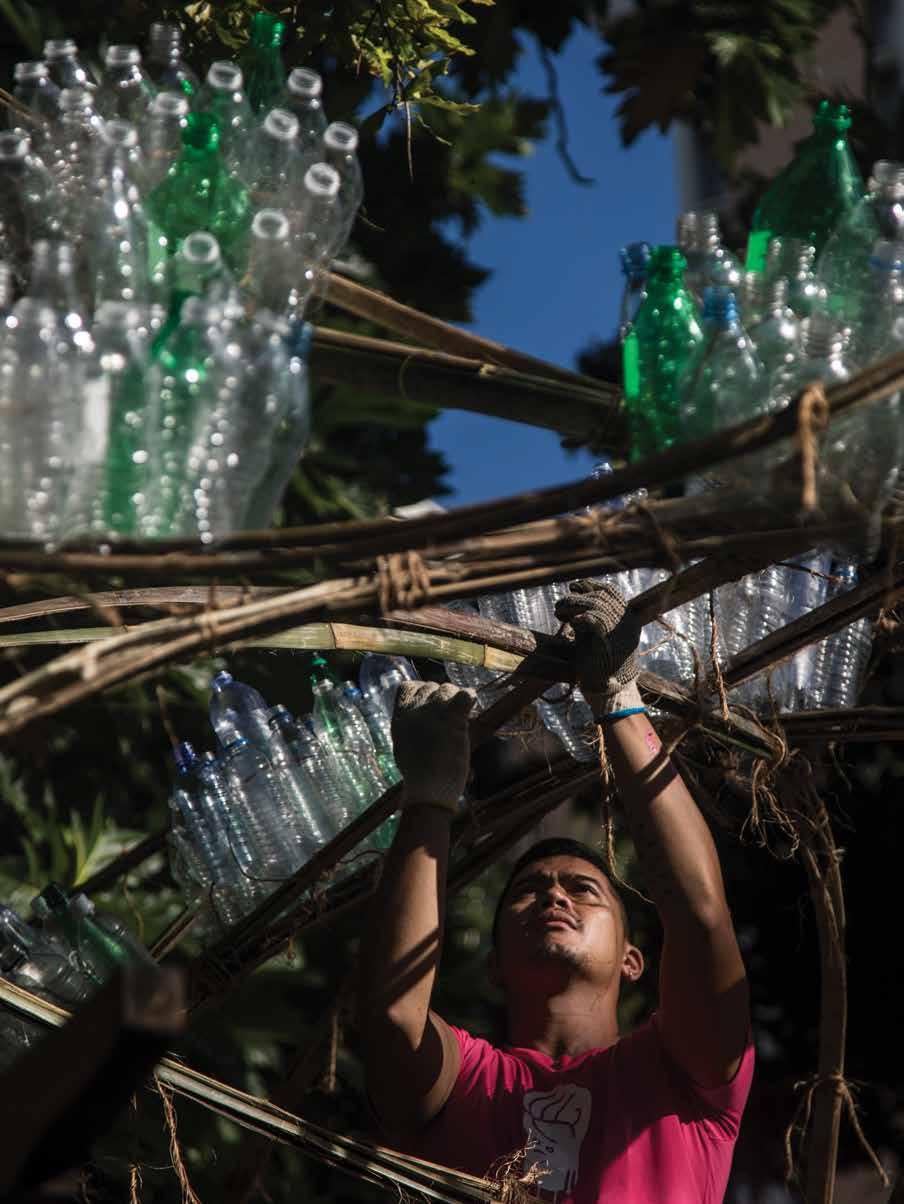
Turning to whatever affordable materials are available, artist Leeroy
New attributes his methods to “the very Filipino sensibility” of not throwing anything away.
ニュー氏は、ものを捨てな いという「フィリピン人特有 の感性」を活かして、手頃に 手に入る材料を何でも利用 するという。
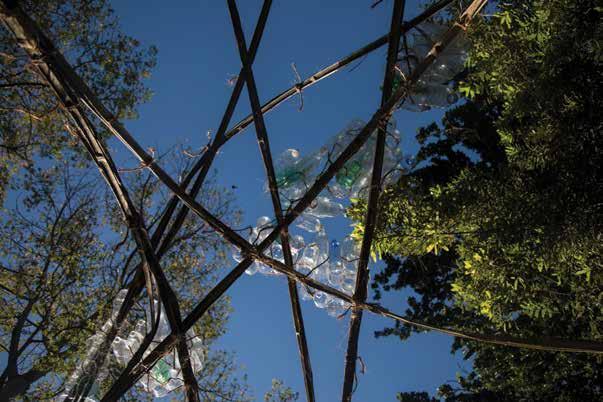
building these things, creating these characters,” New said. “In my alien characters, I imagine couldbe communities that arise if we ever do become the dumpsite of First Worlds. … We [may] end up using these materials to create a new tribe of Filipinos, dawned in plastic sashays, plastic bottles, and plastic containers.”
Although New’s space crafts and alien figures seem ready for the stars, they’re very much here on Earth. Taklobo isn’t meant to launch from Foster Botanical Garden, its surfboards bristling in anticipation, bamboo hull contracting and expanding, tail uncurling from its adopted trellis nearby. But it’s worth imagining. Just like it’s worth imagining a dazzling future for Filipinos right here on Earth, something New has been doing all along.
ニュー氏の宇宙船や宇宙人は今にも星に向かって飛んでいきそうに見 えるが、地球にしっかりと足をつけている。サーフボードは期待に胸を 膨らませ、竹の外皮は収縮と拡張を繰り返し、尾は近くのトレリスから 解き放たれそうだ。それでも『Taklobo』がフォスター植物園から打ち上 げられることはない。しかし想像してみる価値は十分にあるのではない だろうか。ニュー氏がずっとしてきた、この地球に住むフィリピンの人た ちの明るい未来を想像することに価値があるのと同じように。
Halekulani Living 58 ARTS
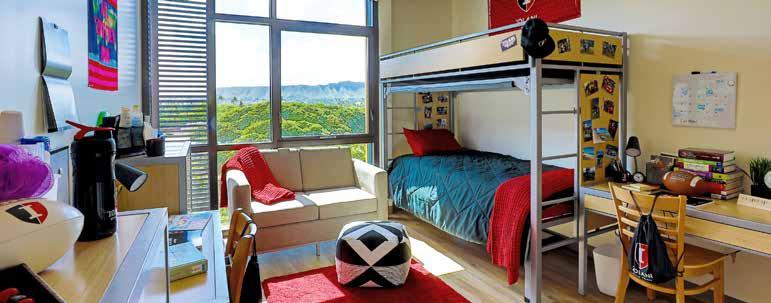



RESIDENTIAL ADMISSION (808) 943-2379 iolani.org/admission/boarding SUMMER RESIDENTIAL PROGRAMS (808) 943-2231 iolani.org/summer/summer-residential-programs ESTABLISHED IN 1863, ‘IOLANI SCHOOL IS RECOGNIZED AS ONE OF THE TOP COLLEGE PREPARATORY SCHOOLS IN THE UNITED STATES AND IS CURRENTLY ACCEPTING APPLICATIONS FOR ITS BOARDING PROGRAMS. Built on the spirit of aloha and our One Team philosophy, ‘Iolani has more than 150 years of history embracing students from around the world. A forward-looking education means every student who experiences ‘Iolani steps out into the world, ready to succeed.

THIS IS NOT INTENDED TO BE AN OFFERING OR SOLICITATION OF SALE IN ANY JURISDICTION WHERE THE PROJECT IS NOT REGISTERED IN ACCORDANCE WITH APPLICABLE LAW OR WHERE SUCH OFFERING OR SOLICITATION WOULD OTHERWISE BE PROHIBITED BY LAW. WARD VILLAGE, A MASTER PLANNED DEVELOPMENT IN HONOLULU, HAWAII, IS STILL BEING CONSTRUCTED. ANY VISUAL REPRESENTATIONS OF WARD VILLAGE OR THE CONDOMINIUM PROJECTS THEREIN, INCLUDING THEIR LOCATION, UNITS, COMMON ELEMENTS AND AMENITIES, MAY NOT ACCURATELY PORTRAY THE MASTER PLANNED DEVELOPMENT OR ITS CONDOMINIUM PROJECTS. ALL VISUAL DEPICTIONS AND DESCRIPTIONS IN THIS ADVERTISEMENT ARE FOR ILLUSTRATIVE PURPOSES ONLY. THE DEVELOPER MAKES NO GUARANTEE, REPRESENTATION OR WARRANTY WHATSOEVER THAT THE DEVELOPMENTS, FACILITIES OR IMPROVEMENTS OR FURNISHINGS AND APPLIANCES DEPICTED WILL ULTIMATELY APPEAR AS SHOWN OR EVEN BE INCLUDED AS A PART OF WARD VILLAGE OR ANY CONDOMINIUM PROJECT THEREIN. WARD VILLAGE PROPERTIES, LLC, RB-21701. COPYRIGHT ©2020. EQUAL HOUSING OPPORTUNITY. WARNING: THE CALIFORNIA BOARD OF REAL ESTATE HAS NOT INSPECTED, EXAMINED OR QUALIFIED THIS OFFERING.
Lap Pool, Resort Pool, and Spa Overlooking the Pacific Ocean



The Park Ward Village features an amenity deck with acres of indoor-outdoor space to connect or disconnect. For solo moments or gathering with loved ones, this private oasis will serve as an extension of your own living room. Effortless
Living INQUIRE PARKWARDVILLAGELIFE.COM | 808 500 9079 Offered by Ward Village Properties, LLC RB-21701
Island
ザ・パーク・ワードビレッジには、インドア/アウトドアで楽しめる広大なアメニティデッキが完備されています。 ゆったりと過ごすプライベートな時間から、家族や友人との集いまで、ここはあなたのもう一つのリビングルームとなるでしょう。 STUDIO, ONE, TWO AND THREE BEDROOMS AVAILABLE スタジオ、1,2,3ベッドルームをご用意しています。
The Park Ward Village Amenity Deck

IMAGE BY MARK KUSHIMI

CUISINE
TEXT BY MITCHELL KUGA
IMAGES BY MARK KUSHIMI AND BRANDYN LIU MUSICAL CHEERS
文:ミッチェル・クガ
写真:マーク・クシミ、
ブランディン・リウ
Behind the bar is a library of approximately 2,000 vinyl records.
バーの奥には、約2,000枚の レコードを収めたライブラリ ーがある。
Music reigns supreme at EP Bar, a haven for audiophiles and highball drinkers in Chinatown.
音楽で乾杯 チャイナタウンにあるオーディオマニアとハイボール好きのための天国、EPバーでは音楽が主役。
It’s been nearly nine years, but Ryan Miyashiro still remembers what record was playing when he first entered JBS, a small listening bar in Shibuya: Pete Rock & CL Smooth. But it wasn’t the jazzy thump of early ’90s hip-hop that surprised him so much as the man playing it, Kobayashi Kazuhiro, who looked to be pushing 70 years old. As JBS’s owner and sole employee, Kazuhiro worked seven days a week. He functioned as host, bartender, and music impresario, playing from his collection of over 10,000 records, which were organized prominently behind the bar. After selecting an album to play, Kazuhiro placed the vinyl’s jacket on the bar under a lamp, like a stage light illuminating the night’s protagonist. Conversations were hushed; this was music with a side of drinks, and Miyashiro was transfixed.
“It was pretty much one of the most amazing things I’ve ever seen,” he says.
Ever since, Miyashiro made a point of visiting JBS (shorthand for jazz, blues, and soul) during his trips to Japan, bringing along friends like Chris Nakano and Daniel Ng, who shared in his wonderment. In January 2022, the three opened an homage to JBS in Honolulu’s Chinatown: EP Bar, Hawai‘i’s first listening bar. An offshoot of the kissaten—quiet offbeat coffeehouses catering to writers and intellectuals that gained prominence in post-World War II Japan—listening bars are designed with audiophiles in mind. They tend to feature high-end audio equipment, robust, sometimes obscure vinyl collections, and noise restrictions—less talking, more listening—though EP Bar’s approach is less austere.
“We’re not in Japan, we’re in America,” Miyashiro says. “I don’t think we could get away with that here.”
もう9年も前のことだが、ライアン・ミヤシロさんは渋谷の小さなリ スニングバー「JBS」に初めて入ったとき、どんなレコードがかかってい たかを今でも覚えている。ピート・ロックとC.L.スムースだ。90年代前 半のヒップホップのジャジーなサウンドに驚いたのではなく、それを演 奏していた小林カズヒロさんが70歳過ぎに見えたからだ。JBSのオー ナーで唯一の従業員の小林さんは、その店で週7日働いていた。 ホスト兼バーテンダー兼音楽プロデューサーの彼は、バーカウンタ ーの裏にずらりと並んだ1万枚を超えるレコードのコレクションから音 楽をかける。レコードを選ぶと、舞台照明が主役を照らすように、アル バムのジャケットをランプの下に置く。会話は少ない。主役はあくまで も音楽で、酒は二の次だ。ミヤシロさんはすっかりこの店の虜になった。 「今まで見たこともないような素晴らしい光景でした」と彼は言う。 それ以来、ミヤシロさんは日本を訪れるたびにJBS(ジャズ、ブルー ス、ソウルの略)を訪れるようになり、友人のクリス・ナカノさんやダニ エル・イングさんも誘って、その感動を共有した。2022年1月、3人は ホノルルのチャイナタウンに、JBSにオマージュを捧げる、ハワイ初の リスニングバー「EPバー」をオープンした。戦後の日本でブームとなっ た作家や知識人が通う「喫茶店」を思わせる落ち着いた雰囲気で、オ ーディオ愛好家のための空間だ。店内には、ハイエンドな音響機器と 無名のレコードも含めた豊富なコレクション。おしゃべりは控え目で、 リスニングがメインといったルールはあるものの、EPバーはそれほど 厳しくはない。「ここは日本ではないですから。アメリカでそういうやり 方は通用しないんです」とミヤシロさんは言う。
EPバーは、最近ロサンゼルス、ロンドン、バルセロナなどの都市に増え つつある新感覚のリスニングバーで、ヒップな音楽好きのためのスペ ースだ。モーニンググラスコーヒーのヌウアヌ通り店の奥にある広さ 56平方メートルのバーは、小さな書斎のようなインテリアが隠れ家的
Halekulani Living 64
CUISINE

Unlike the Tokyo listening bar it was inspired by, where the only alcohol options are beer or whiskey, EP Bar has a robust drink selection.
EPバーは、ビールかウィスキーしかアルコールの選択肢がない東京の リスニングバーとは異なり、幅広い種類のドリンクが揃っている。




EP Bar belongs to a crop of newfangled listening bars, hip audio-forward spaces that have recently expanded to cities like Los Angeles, London, and Barcelona. Located in the back of Morning Glass Coffee’s Nu‘uanu Avenue outpost, EP Bar’s 600 square feet is den-like, exuding the interiority of a well-kept secret. The custom-built decor is sleek but warm, with vintage audio equipment and retro JBL L100 speakers flanking the bar. As promised—“EP” refers to extended play records—music reigns supreme. A library of around 2,000 records is organized behind the bar. “It’s everything from psychedelic and doowop to rock and Hawaiian,” says Miyashiro, who refers to the people making those decisions each night as EP Bar’s “sound selectors”—an assortment of friends and music lovers who play records from their own vinyl collections in addition to the bar’s. And like a good DJ, “they’re really good at reading the room,” he says.
Unlike JBS, where the only alcohol options are beer or whiskey, and all for 500 yen a pop, EP Bar has a more robust drink selection—but don’t call it a cocktail bar. “There’s so many places in Chinatown where you can get a great old-fashioned or a great martini,” says bar director Sam Trusty. Rather than mimicking those places, Trusty says the goal in developing EP Bar’s whiskey-focused drink menu “was trying to find a balance of offering quality without being overwhelming, that feels appropriate for the space.” The highball selection, created in collaboration with Bar Leather Apron co-founder Justin Park, includes the Kyoho Highball, made with green grape acid concocted in-house. The most popular cocktail, the EP Bar Old Fashioned, spotlights Trusty’s black sesame-infused bourbon.
Many years ago, Trusty had her own experience at JBS that eventually led her to EP Bar. She wandered in one night without knowing what a listening bar was and, like Miyashiro, was struck by how unusual and intimate it felt, like an extension of someone’s living room. “I’ve been in the industry for so long, and I’ve traveled to so many places and visited hundreds of bars, but that one always comes back to mind,” she says. “There was nothing like that in Hawai‘i or any other city I had been to.” On a subse-
な雰囲気を醸し出している。カスタムデザインされた内装は、洗練され ていながらも温かみがあり、バーの脇にはヴィンテージのオーディオ 機器やレトロなJBL L100のスピーカーが置かれている。お約束通り (EPとはエクステンデッド・プレイレコードのこと)、音楽が主役だ。バ ーの奥には、約2,000枚のレコードが並ぶライブラリーがある。「サイ ケデリック、ドゥーワップからロック、ハワイアンまで何でもありますよ」 とミヤシロさんが言うように、EPバーのサウンドセレクターは、友人や 音楽愛好家で構成され、バーのレコードに加えて、各自のレコードコレ クションからもプレイする。才能あるDJのように、「彼らはその場の空 気を読むのがとてもうまいんです」と彼は言う。
アルコールはビールかウイスキーしかなく、値段も1杯500円という JBSとは違い、EPバーはカクテルバーとは呼べないまでも、より充実 したドリンクのセレクションが揃う。「チャイナタウンには、おいしいオ ールドファッションやマティーニを飲める店がたくさんありますから」 とバーディレクターのサム・トラスティさんは言う。
そうした店を真似ることはせず、EPバーがウイスキーに特化したド リンクメニューの開発で目指したのは、「この空間にふさわしい、高級 すぎず、質の高いものを提供するバランスを見つけること」だとトラス ティさんは言う。バー・レザー・エプロンの共同設立者のジャスティン・ パーク氏とのコラボレーションで生まれたハイボールセレクションに は、独自に調合したグリーングレープ酸を使った「巨峰ハイボール」も ある。一番人気のカクテル「EPバーオールドファッション」は、トラステ ィさんの作った黒ゴマ入りバーボンを使用している。
トラスティさんは、何年も前にJBSを訪れた経験がきっかけで、EP バーに入社した。ある晩、リスニングバーというものを知らずにふらり と立ち寄った彼女は、ミヤシロさんと同じように、その非日常性と、誰 かのリビングルームの延長のような親密さに衝撃を受けたという。「こ の業界に長くいて、いろいろな場所を旅して、何百というバーを訪れま したが、あの店がいつまでも心に残っています」と彼女は言う。「ハワイ にも、他のどの都市にも、ああいう店はありませんでした。その後、日本 を訪れた彼女は、何の変哲もないビルの2階にひっそりと佇むJBSに 再び足を運ぼうとした。「『レコードバー』、『レコードのあるバー』など、 あらゆるキーワードでグーグル検索したのですが、どうしても見つか らなかったんです」。それも彼女がこのバーに惹かれる理由だと教えて くれた。それゆえにハワイでリスニングバーがオープンすると知ったと
70 CUISINE
Living
Halekulani
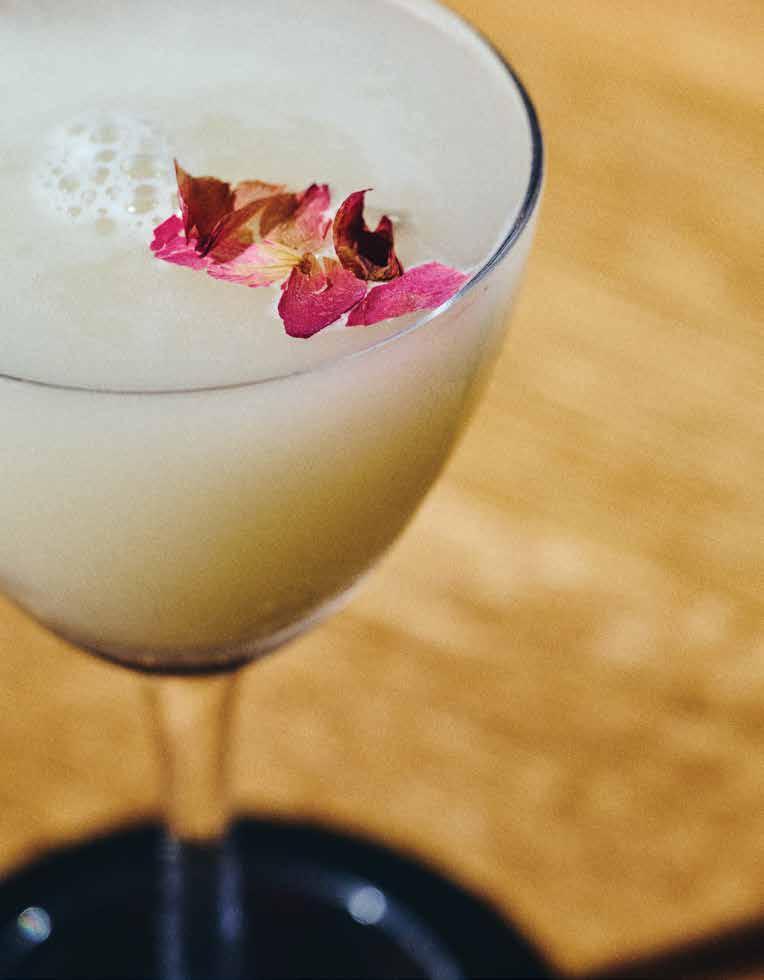
EP Bar’s approachable menu was designed to suit the cozy, intimate space.
EPバーの手頃なメニューは、居心地のよい小さな空間に合うように 考案された。
EP Bar’s 600 square feet is den-like, exuding the interiority of a wellkept secret.
56平方メートルのバーは、 小さな書斎のようなインテ リアが隠れ家的な雰囲気 を醸し出している。

quent visit to Japan, she tried to return to JBS, which is tucked into the second floor of a nondescript building. “I Googled every possible combination—‘record bar,’ ‘bars with records’—and I couldn’t for the life of me find it,” she says, which only added to the bar’s allure. So, when she discovered that a listening bar was opening in Hawai‘i, working there felt like a dream job, her own way of finally returning.
What struck Trusty most about Kazuhiro was his humility, how unaware he seemed of the deep, long-lasting impression JBS has left on guests like Miyashiro and herself, who’ve unwittingly stumbled in over the years. It’s that magical and effortless intimacy that EP Bar hopes to reflect. Or, as Trusty recalls: “He’s just like, ‘I’m a guy, I want to play my records, and if you want to sit here and drink a beer while I do that, that’s great.’”
き、そこで働けることは夢のようで、自分なりの方法でやっとあの場所 に戻れる気がしたという。
トラスティさんが一番驚いたのは、小林さんの謙虚さだった。彼 は、JBSがミヤシロさんや彼女自身のように、気が付けば何年も通い 続けている客たちの心に、どれだけ深い印象を残しているかということ に気づいていないようだった。EPバーが目指しているのは、そんな不 思議な肩肘張らない親密さなのだ。トラスティさんが回想するに「彼は、 『僕は男だ。レコードをかけたいんだ。その間にここに座ってビールを 飲みたいならどうぞ』という感じなんです」。
Halekulani Living 72 CUISINE


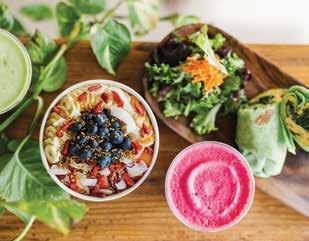
Stroll The Neighborhood
Ward Village is a location like no other. Come discover an array of locally-owned boutiques, unique décor and gift items, and a variety of outdoor dining options where you can enjoy globally-inspired cuisine and local flavors. Only in Honolulu, only at Ward Village.
他には無い魅力に溢れるワードビレッジ。この街で、ロコブランドのファッション、ユニークでお洒落なインテリア 雑貨やセンスの光るギフトがきっと見つかるはず。さらにグローバルにインスパイアされた料理やハワイの ローカルフードまで、ここワードビレッジでしか味わえない楽しみに満ちています。
explorewardvillagehawaii.com
A
Planned
Howard Hughes Master
Community


IMAGE BY TONY BARNHILL

CULTURE
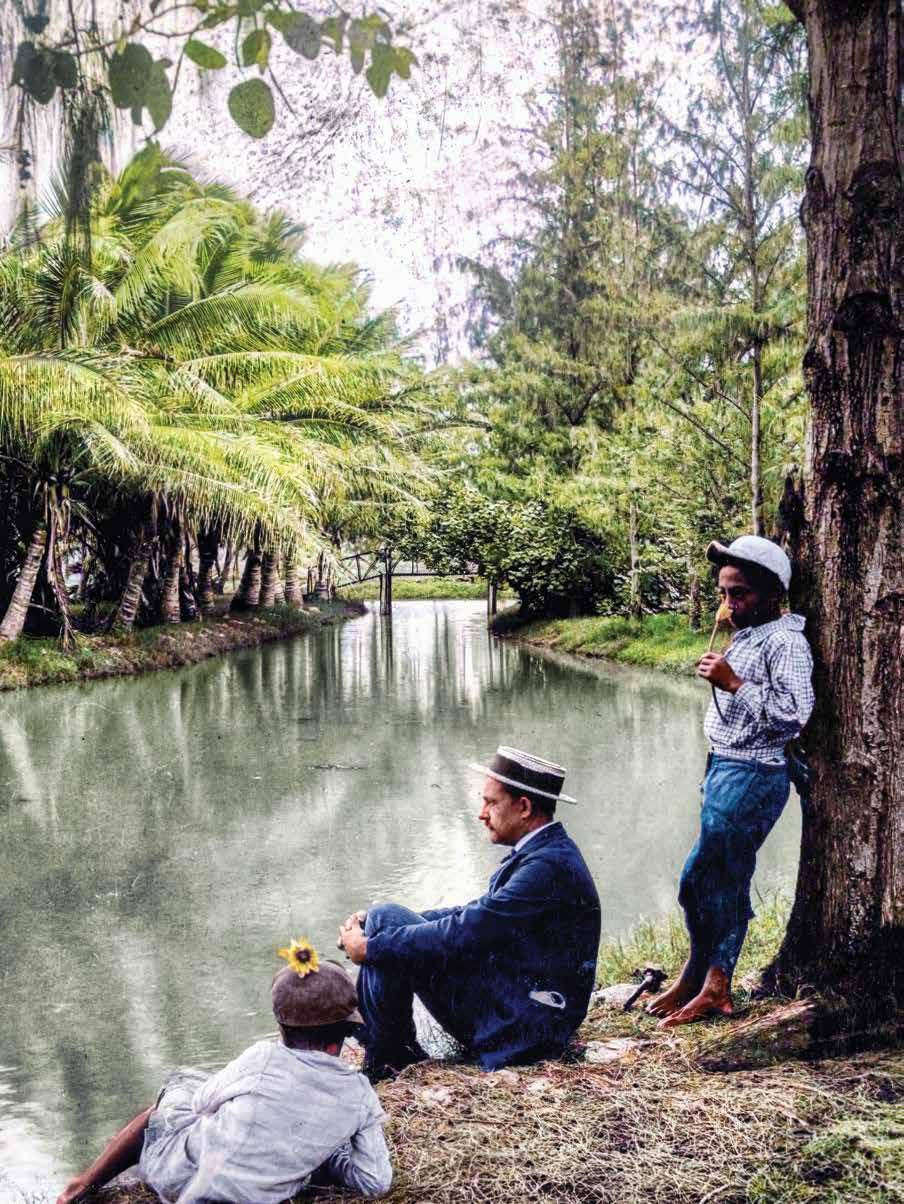 TEXT BY LEHIA APANA
TEXT BY LEHIA APANA
IMAGES BY
TONY BARNHILL
文:レヒア・アパナ
写真:トニー・バーンヒル
LIVING HISTORY
生きた歴史
In Tony Barnhill’s colorized images of old Hawai‘i, black-and-white photographs are reimagined in vivid color.
トニー・バーンヒル氏がカラー化したモノクロ写真は、オールドハワイのイメージを鮮やかな色彩で再現している。

CULTURE
Halekulani Living

In 2020, Tony Barnhill began digitally adding color to his grandparents’ deteriorating blackand-white yearbook photos. His experiment evolved into obsession, and today Barnhill’s focus has shifted to colorizing snapshots of old Hawai‘i.
Barnhill has colorized portraits of Queen Lili‘uokalani on her throne, Duke Kahanamoku and Amelia Earhart sharing a pineapple, as well as scenes from a simpler Waikīkī.
2020年に劣化した祖父母のイヤーブックのモノクロ写真 を試しにデジタル技術でカラー化したことがきっかけで、す っかりその魅力の虜になったトニー・バーンヒル氏は、今で は古いハワイのスナップ写真の色付けに専念している。
バーンヒル氏は、玉座のリリウオカラニ女王の肖像、パ イナップルを分け合うデューク・カハナモクとアメリア・イア ハート、素朴なワイキキの風景といった写真をカラー化し ている。
78
CULTURE


In today’s overly documented society, where an endless stream of images crowds our devices, it’s easy to overlook the influence of color photography. But as Barhill’s work proves, something unexpected happens when shades of gray are infused with layers of reds, blues, and greens.
The figures captured in time suddenly appear more familiar, more like us. Duke and Amelia are no longer distant figures. Apart from old-fashioned clothing, the photos appear like they could have been taken yesterday. In these polychromed images, the pair become more akin to the faces we see in our daily lives and could easily be somebody’s uncle or friend.
あらゆる記録がデータとして残される現代社会では、デ バイスの中に無数の画像が存在し、カラー写真の持つ影 響力は見過ごされがちだ。だがバーンヒル氏の作品を見 れば分かるように、濃淡のグレーに赤、青、緑を重ねてい くことで、思いがけない効果が生まれる。
写真に収められた過去の人物が突然、より身近な存 在に感じられるようになる。デュークとアメリアはもはや 遠い存在ではなく、古風な服装を除けば、写真はまるで 昨日撮られたもののようにも見える。このポリクローム (多色)写真の中の二人は、私たちの日常生活で目にす るような顔立ちをしていて、誰かの叔父や友人であるかも しれないとすら思えてくる。
80
CULTURE

Barnhill begins by combing state and national archives for photos in the public domain, which he then runs through Photoshop to achieve an initial pop of color. Technology aids the colorization process with the click of a button, but artificial intelligence is no match for the human eye. He finishes the process by manually tweaking layers of color to edge closer to reality.
“The technology isn’t trained on Pacific Islander skin, or tropical vegetation, or the color of the ocean here,” explains Barnhill, who has lived on O‘ahu for nearly two decades.
“Because I live here, I can just look out my window for inspiration.”
バーンヒル氏は最初に、州や国の公文書館で公有に属す る写真を探し、それをフォトショップで加工して、まずはポ ップな色調に仕上げる。ボタンをクリックするだけで色付 けができる技術もあるが、人工知能は人間の目にはかなわ ない。最後に色のレイヤーを手作業で調整し、実際の色合 いに近づけていく。
20年近くオアフ島に住んでいるバーンヒル氏は、「この 技術は、太平洋諸島に住む人たちの肌や熱帯植物や海の 色には対応できていないんだ」と説明する。「僕はここに住 んでいるから、窓の外を見さえすればいつでもインスピレ ーションを得ることができるのさ」。

Barnhill says accuracy within the image itself is paramount. For a photo of Queen Lili‘uokalani on her throne, he visited Bishop Museum to see her embellished burgundy gown for himself. His drives through town and frequent hiking expeditions inform his landscape colorizations. It’s not just about reviving the color—this process can reveal subtleties that are hidden away.
バーンヒル氏は、写真に写っているものを忠実に再現する ことが何より重要だと言う。リリウオカラニ女王の写真は、 装飾が施されたワインレッド色の女王のガウンを観察し に、実際にビショップ博物館を訪れた。街でのドライブや ハイキングも、風景写真の色付けの参考になっているとい う。こうした努力によって、色彩を蘇らせるだけでなく、モ ノクロ写真に隠れていた微妙なニュアンスを表現すること ができるのだ。
82
CULTURE



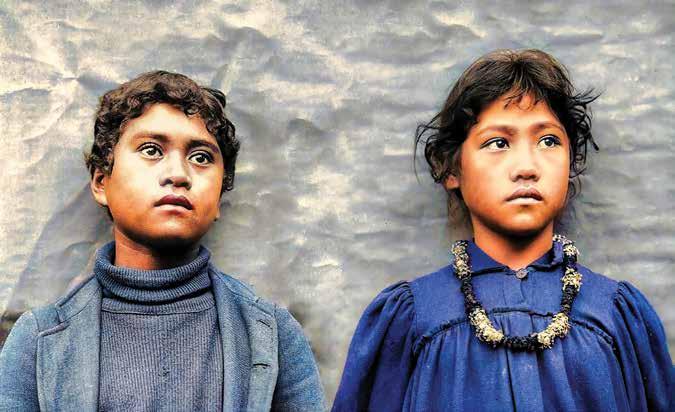
“There are things in photos that we cannot see in the black-and-white version, especially wrinkles in faces or clouds in the sky, really small details that make it more interesting,” Barnhill explains.
In black and white, everything can feel ancient.
But Barnhill’s vivid images collapse the distance between past and present, forcing the viewer to see an old photograph with a new perspective.
“Color has a way of sparking people’s imagination,” Barnhill says, “making it seem as if the past it portrays wasn’t that long ago.”
「写真には、モノクロでは見えないものがあってね。特に 顔のシワや空の雲といった細かいディテールが面白さにつ ながっているんだ」とバーンヒル氏。
モノクロ写真はすべてを古めかしく感じさせる。バーン ヒル氏の鮮やかなイメージは、過去と現在の距離を縮め、
古い写真に新しい視点を与えてくれる。
「色には、人々の想像力をかきたてる力があるんだ」と バーンヒル氏はいう。「そこに写っている過去の世界がそれ ほど昔ではないかのように思わせてくれるパワーがね」。
86
CULTURE

 TEXT BY EMILY CHANG
IMAGES BY JOHN HOOK AND CHRIS ROHRER
TEXT BY EMILY CHANG
IMAGES BY JOHN HOOK AND CHRIS ROHRER
文:エミリー・チャン
写真:ジョン・フック、 クリス・ローラー
CONNECTED BY WATER
海で結ばれて
Get a glimpse into the lives of a surf instructor, board shaper, and trio of designers united by their love for the ocean, their craft, and Hawaiian culture.
海、技、ハワイ文化への愛でつながる3人、サーフインストラクター、ボードシェイパー、デザイナーの人生を覗く。

CULTURE
Halekulani
Living
“Making a surfboard is a kind of storytelling about the past, and bringing it into the present,” says Hoku Kupihea, a board shaper based on O‘ahu.
「サーフボードを作ること は、過去を語り、今に伝える
ことです」と語るのは、オア フ島を拠点に活動するボ
ードシェイパーのホク・クピ ヘアさん。

This summer, Halekulani debuts The Art of Surfing, a collaboration between surfboard maker Hoku Kupihea; textile design company Kealopiko; and Halekulani’s resident surf school, Gone Surfing. Featuring surfboards hand shaped by Kupihea and inlaid with Kealopiko’s prints, the program will be home to utterly unique surfboards not found anywhere else.
この夏、ハレクラニでは、サーフボードメーカーのホク・クピヘア、テキス タイルデザイン会社のケアロピコ、そしてハレクラニ専属のサーフィン スクール、ゴーン・サーフィンのコラボレーションによる「アート オブ サ ーフィン」が公開される。ハンドシェイプされたクピヘアのサーフボード にケアロピコのデザインを施した、他では見られないユニークなサーフ ボードが並ぶ。
Halekulani Living 90 CULTURE

A former cook, Kupihea believes his kitchen training prepared him well for his work as a board shaper. Above, a corner of his mise en place.
元料理人であるクピヘアさんは、厨房でのトレーニングがボードシェ イパーとしての仕事に役に立っているという。上の写真は、下準備のコ ーナー。
the shaper: hoku kupihea
Hoku Kupihea first started surfing on a bodyboard at Sandy Beach. His father, a bus driver, would drop him off at 9 a.m. at the start of his circle-island route, returning to pick him up at 5 p.m. after his last circumnavigation. Then, his father had the Waikīkī route and would drop him off at the end of Kalākaua Avenue at the surf break Walls, “keeping an eye on me each time he came around the bend,” Kupihea says. When his father started the West Side route, that’s when Kupihea realized, “I gotta get on a surfboard—these waves are too big.”
Kupihea’s entry into surfboard shaping was just as serendipitous, born out of “true, pure curiosity” to see how an altered rail, a wider tail, or a more blunt nose would affect a surfer’s ride in the water. From shaping to glassing, Kupihea does everything himself, from beginning to end—uncommon among shapers, who often outsource parts of the process. “It’s not me being a control freak,” he says, “but being able to involve myself into the work and being able to understand every step.”
And while Kupihea isn’t afraid to experiment, it doesn’t mean he neglects the basics. He frequently makes analogies to cooking, his previous profession of about 15 years: “I took everything I learned from the cooking world, like patience, attention to detail, and following the recipes.”
Kupihea is also drawn to the history of surfing and shaping. A Native Hawaiian, he’s inspired by other Hawaiians, like legendary waterman Duke Kahanamoku and innovative board shaper Ben Aipa. It’s why Kupihea’s boards have a retro feel, drawing on shapes from the ’60s and the ’70s, but with a “new-school flip on it,” his own touch. And from close discussions with the surfer commissioning the board, he considers what will work with their style or physicality, whether it’s a certain color or altering the shape to suit how they move on the water. His understated logo is also rooted in the past: a simple, small upside-down triangle, a symbol that some Hawaiians interpret as “water.” Kupihea cuts each triangle out of old aloha shirts, many of them from his dad’s bus-driving days, and lays it on the underside of the board. Each triangle, like the surfboard itself, is a unique work of art.
ホク・クピヘアさんがサーフィンを始めたのは、サンディービーチでのボ ディボードであった。バスの運転手の父親が、朝9時に島一周ルートの スタート地点で彼を降ろし、最後の一周が終わると午後5時に彼を迎 えに来てくれた。ワイキキのルートでは、カラカウア通りの端にあるサー フブレイクの「ウォールズ」で息子を降ろし、「カーブを曲がるたびに、僕 を見てくれていた」とクピヘアさんは当時を振り返る。父親がウエストサ イドのルートを始めたとき、彼は気づいたという。「サーフボードに乗ら なきゃ、この波は大きすぎる」。
クピヘアさんがサーフボードシェイピングの世界に入ったのは、レイ ルを変えたり、テールを広くしたり、ノーズを丸くしたりすると、サーファ ーのライディングにどう影響するかという「真の純粋な好奇心」から生 まれた、まさにセレンディピティ(偶然の産物)だった。ほとんどのシェイ パーは一部の工程を外注するが、シェイピングから仕上げのグラッシン グまで、クピヘアさんは最初から最後まですべて一人で行う。「コントロ ールフリークという訳ではなくて、単にボードの全ての作業に関わり、全 ての工程を理解したいからなんだ」と彼は言う。そして新しいものを試 すことを恐れないクピヘアさんだが、かといって基本を疎かにすること はしない。約15年間シェフとして働いた経験から、彼はよく料理を例に 挙げる。「忍耐力、細部へのこだわり、忠実にレシピに従うこと。料理の 世界で学んだすべてが役立っているのさ」。 クピヘアさんは、サーフィンとシェイピングの歴史にも惹かれてい る。ネイティブハワイの彼は、伝説のウォーターマンでモダンサーフィン のパイオニアであるデューク・カハナモクや、革新的なボードシェイパー のベン・アイパといったネイティブハワイアンからインスピレーションを 受けている。そのためクピヘアさんのボードは、60年代や70年代のシェ イプを参考にしながらも、彼が「ニュースクール・フリップ」と呼ぶ、独自 のタッチを加えたレトロな雰囲気に仕上がっている。そして彼にボード を委託するサーファーたちと綿密に話し合い、彼らのスタイルや体格に 合ったボードとは何かを考え、色や水面での動作に合わせて形を変え る。
彼の使用する控えめなロゴも、過去に根ざしたもので、シンプルで小 さな逆三角形は、ハワイの人々にとっては「水」を意味するシンボルだ。 彼は、父親のバス運転手時代の古いアロハシャツから、布を三角形に切 り取り、ボードの裏側に貼る。サーフボードと同様、この三角形も唯一無 二の芸術品なのだ。
Halekulani Living 92 CULTURE シェイパー:ホク・クピヘア
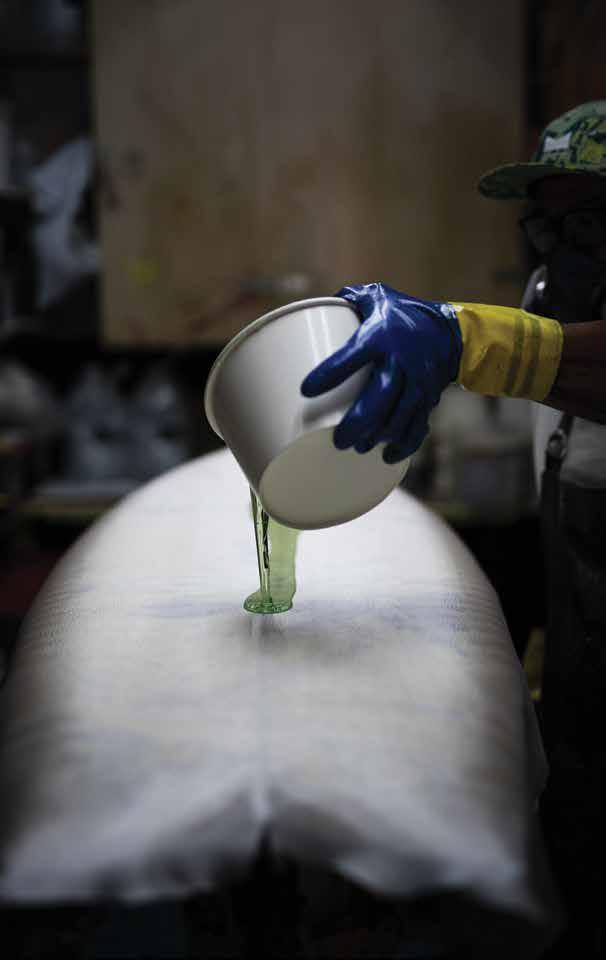
the instructor: joanne “jojo” howard
Each time Jojo Howard came back from odd jobs across the world—working in tourism promotion in Florence, Italy, or teaching English in Santiago, Chile—she would always return to Hawai‘i, and to teaching surfing. “I worked with a lot of the older uncles down the beach and they taught me a lot,” she says. “It was just the best job to come home to.”
She’s now been a surf instructor for almost two decades, and has been surfing even longer than that. “I love being in the water,” she says. “I love the challenges of surfing.” Every wave and day is different, which is also what makes teaching the sport difficult—and what draws her to it.
Like falling in love, the joys of surfing are hard to put into words, but the first time someone catches a wave, they get it, and Howard is there to witness it. She also coaches intermediate surfers, and she sees a lot of clientele who are used to being in control. “It’s fun to see people whose lives are so scheduled and regimented break away from that a little bit,” she says. “You can’t really say, ‘I’m gonna go this way and then make a 90-degree turn,’ you have to just live in the moment and do what you think is right in that moment.”
Howard’s surf school, Gone Surfing Hawai‘i, recently partnered with Halekulani, which sits in front of Howard’s go-to surf spot and, she says, one of Hawai‘i’s “most perfect breaks.” As Halekulani’s resident surf school, Gone Surfing is committed to incorporating more of the Native Hawaiian culture that surrounds surfing. “I love everything about my culture, Hawaiian culture, and Oceania in general,” says Howard, who is of Micronesian heritage. “But there’s not much representation [of it] in surfing, particularly for the birthplace of surfing.”
In addition to working with Halekulani to build out a small retail space on property featuring Native Hawaiian artists, Howard is commissioning a set of Hoku Kupihea-shaped surfboards inlaid with fabric by Moloka‘i-based design house Kealopiko. The unique quiver will give guests a chance to try different surfboard shapes and, Howard hopes, inspire a deeper connection to Hawai‘i, where she learned to love surfing and her island community.
ジョアン・“ジョージョー”・ハワードさんは、イタリア、フィレンツェでの観 光プロモーションやチリのサンティアゴでの英語教師など、世界各地 でさまざまな仕事を終えるたびに、サーフィンを教えるためにハワイに 戻ってきたという。「ハワイのビーチで年配のおじさんたちと一緒に働 いて、たくさんのことを教わったわ」と彼女は言う。「いつ戻ってきても最 高の仕事なの」。
彼女のサーフィンインストラクター歴はかれこれ20年近く、サーフィ ンの経験はもっと長い。「水の中にいるのが大好き」と彼女は言う。「サ ーフィンの難しさが好きなの」。一日一日が違うようにひとつとして同じ 波はない。それがサーフィンを教えることの難しさであり、彼女を惹きつ けてやまない理由でもある。
恋に落ちる感覚と似ているサーフィンの喜びを言葉にするのは難し い。だが初めて波に乗ったときには、誰もがそれを瞬時に知ることがで きる。それをハワードさんは日々目にしている。彼女は中級者サーファー のコーチもしていて、クライアントの中には物事を常にコントロールす ることに慣れている人たちが多いという。「厳しい規則や忙しいスケジュ ールに合わせて生活を送っている人たちが、そこから少し抜け出すのを 見るのは楽しいわ」と彼女は言う。「ここを通って90度でターンする、な んて決まった通りにサーフィンはできないから、その瞬間を楽しんで、そ のとき正しいと思えることをするしかないのよ」。
ハワードさんのサーフスクール「ゴーン・サーフィン・ハワイ」は最近、 ハワイで“最も完璧なブレイク”の一つだという、彼女のお気に入りのサ ーフスポットの前にあるハレクラニと提携した。ゴーン・サーフィンは、ハ レクラニ専属のサーフスクールとして、サーフィンを取り巻くハワイのネ イティブ文化を積極的に取り入れることに力を注いでいる。ミクロネシ アの血を引くハワードさんは、「私は自分の文化、ハワイの文化、そして オセアニアのすべてが大好き。でもサーフィンの世界では、特にサーフィ ン発祥の地であるハワイの文化があまり表に出ていないの」。 ハワードさんは現在、ハレクラニとホテルの敷地内にネイティブハワ イアンのアーティストの作品を扱う小さなリテールスペースの建設を計 画しているほか、モロカイ島のデザイナーブランド「ケアロピコ」の布を あしらったホク・クピヘアのサーフボードシリーズの製作を依頼してい る。ハワードさんは、このユニークなボードコレクションによって、ゲスト がさまざまなサーフボードの形を試せるだけでなく、彼女がサーフィン を好きになったハワイや島のコミュニティとより深くつながるきっかけ になればと願っている。
Halekulani Living 94 CULTURE
インストラクター:ジョアン・"ジョージョー”・ハワード

Despite a passion for travel that sent her around the world, a love of
世界中を夢中で旅していたゴーン・サーフィンの創始者ジョジョ・ハワードさん をオアフ島に連れ戻したのは、サーフィンへの愛だった。
surfing drew Gone Surfing founder Jojo Howard back to the islands.
The name Kealopiko refers to the belly of a fish, the meat traditionally favored by Hawaiians and a nod to the founders’ Native heritage and connection to the ocean.
ハワイアンの人々が伝統的 に好んで食べる魚の腹を 意味するケアロピコという 名前には、創始者のネイテ
ィブ文化と海とのつながり に対する深い思いが込めら れている。
the designers: kealopiko
Picture your typical aloha print and it’s most likely palm trees, plumeria, and hibiscus that come to mind, none of which are native to Hawai‘i. In 2006, three friends, Ane Bakutis, Hina Kneubuhl, and Jamie Makasobe, who are all of Native Hawaiian descent, decided to create clothing and textile designs that would “honor our ancestors and this place we call home,” Makasobe says. That means prints with various ‘ōlepe, bivalves that were once collected for food or lei, or the endangered wiliwili, whose bloom signaled to Hawaiians that it was breeding season for sharks.
The three combined their backgrounds—Bakutis in botany, Kneubuhl in botany and Hawaiian language, and Makasobe in public relations, interior design, and native fishpond restoration—to come up with stylish and playful prints that celebrate Hawai‘i’s native flora, fauna, and culture. They named their company Kealopiko, which translates to “belly of the fish.” “By our kūpuna (elders), [that’s] the choicest part to eat,” Makasobe says.
All three women are also surfers, so it was only natural they would eventually collaborate with surfboard shaper Hoku Kupihea. The idea was born out of—what else?—a surf session, when Makasobe saw Kupihea’s surfboard logo cut out of aloha print fabric, and they came up with the idea to use Kealopiko’s designs on Kupihea’s boards.
Each Kupihea and Kealopiko surfboard starts with a conversation: about color, the kind of waves the surfer rides, the fabric inlays they favor. Recently, a customer requested a board with a pattern of a hīhīmanu, or stingray, which also translates to the word “elegance.” “How [more] elegant can you be, dancing on a wave on that board?” Makasobe says.
The boards are a tribute to our ancestors, she explains, “who have been playing on waves for many generations. It’s a relationship with the ocean and being able to dance and play and have joy and laughter in that way. Catching a wave, it’s one of the best feelings.”
デザイナー:ケアロピコ
アロハプリントといえば、ヤシの木、プルメリア、ハイビスカスなどが思 い浮かぶが、実はどれもハワイ原産の花ではない。2006年、ネイティブ ハワイアンの血を引く3人の友人、アネ・バクティスさん、ヒナ・クネブー ルさん、ジェイミー・マカソベさんは、「私たちの祖先と、私たちが故郷と 呼ぶこの場所に敬意を捧げる」服や布のデザインを作ることに決めた のだとマカソベさんは話す。そこで生まれたのが、かつて食用やレイ用 に採取されていたさまざまな二枚貝のオレぺや、ハワイアンの人々が花 が咲くとサメの繁殖期になると言う絶滅危惧種のウィリウィリを使っ たプリントだ。
3人は、バクティスさんの植物学、クネブールさんの植物学とハワイ 語、マカソベさんの広報とインテリアデザインと養魚池の修復といった、 それぞれの経歴を合わせてハワイ固有の植物や動物や文化を讃える スタイリッシュで遊び心のあるプリントを考案した。会社名は「ケアロピ コ」。直訳すると「魚の腹」という意味だ。「クプナ(年長者)たちが最も美 味しいという魚の腹の部分です」とマカソベさんは説明する。
サーファーでもある3人が、サーフボードシェイパーのホク・クピヘア さんとのコラボレーションに至ったのは自然のなりゆきだった。サーフィ ンをしていたとき、マカソベさんがクピヘアさんのサーフボードのロゴに アロハプリントの布が使われているのを見て、ケアロピコのデザインを クピヘアのボードに使うことを思いついたのだという。 一枚一枚カスタムで作られるクピヘアとケアロピコのサーフボード は、色やサーファーが乗る波の種類、ロゴに使う好みの生地などについ て会話することから始まる。最近、一人の客から、ヒヒマヌ(エイ)の柄の ボードをリクエストされたというマカソベさん。「そのボードで波の上で 踊るなんて、なんて優雅なんでしょう」。ハワイ語でヒヒマヌには、エレガ ンスという意味もあるのだそうだ。
サーフボードは、彼女たちの祖先へのオマージュなのだと彼女は説 明する。「彼らは何世代にもわたって波に乗って遊び、海とのつながりを 大切にしてきました。それは海で踊ったり遊んだり、喜びや笑いを分か ち合えること。波をつかまえるのは、最高の気分なんです」。
Halekulani Living 96 CULTURE
 TEXT BY CHRISTINE HITT
IMAGES BY JOHN HOOK ON THE ROCKS
TEXT BY CHRISTINE HITT
IMAGES BY JOHN HOOK ON THE ROCKS
文:クリスティン・ヒット
写真:ジョン・フック
‘Opihi, considered a delicacy due to its immense difficulty to harvest, is where high stakes meet high flavor.
In ancient Hawai‘i, ‘opihi was an important part of the Native Hawaiian diet starting at infancy.
昔のハワイでは、オピヒは幼 少期から食べられるハワイ先 住民の重要な食生活の一部 であった。
Distinguished by their conical shell shapes, ‘opihi (limpets or sea snails) line the shorelines of the Hawaiian Islands, dotting large rocks or boulders singularly or in clusters where the ocean is rough and algae is plentiful. Braving the pounding surf and slippery rocks, ‘opihi pickers risk their lives to ku‘i ‘opihi, or pry the limpets loose from a rock with a knife. “He i‘a make ka ‘opihi,” as one Hawaiian proverb goes, “the ‘opihi is a fish of death”—a reference to the danger of being washed away by the waves. ‘Opihi pickers have long learned never to turn their backs on the ocean, but one missed wave could mean the difference between life or death.
“‘Opihi are a culturally revered and important species, not just for their ecology, but also as a food species and [for practical use],” says Anthony Mau, who holds a doctorate in molecular biosciences and bioengineering and studied tropical limpet species.
In traditional Hawai‘i, ‘opihi was part of the Native Hawaiian diet starting at infancy. A little past six months old, a child would be given the soft parts of ‘opihi with some poi or sweet potatoes, scholar Margaret Titcomb wrote in the research paper Native Use of Marine Invertebrates in Old Hawaii
“Even in 1969, ‘opihi were an important part of the diet of most of the Hawaiian families living near the shore,” Titcomb continues. “The favorite method of preparation was raw and salted, either with or without seaweed. They were sometimes washed clean and then cooked in the shell, in a calabash with hot stones. The shells were picked out later. This method enabled the delicious liquor (kai) to be saved.”
殻が傘のような円錐形をしたオピヒ貝(ハワイ固有のカサガイの一種) は、ハワイ諸島の海岸の波が荒く藻類が豊富な岩場に単独で、あるい は群れをなして生息している。オピヒの採取者たちは打ち付ける波や滑 りやすい岩をものともせず、岩場にくっ付いたオピヒを貝と岩の間にナ イフを差し込み、それこそ“命がけ”でオピヒを採る。ハワイ語で「ヘ・イ ア・マケ・カ・オピヒ」(オピヒは死の海の幸)という言い回しがあるほど、 波にさらわれる危険性の高い行為である。昔からオピヒを採取するとき は、決して海に背を向けてはいけないと言われているのは、たった一度 でも見逃した波が生死を分けることもあるからだ。
分子生物科学と生物工学の博士号を持ち、熱帯のカサガイ類を研 究しているアンソニー・マウ氏は、「オピヒは、生態系にとって重要なだ けでなく、食用の貝として、また実用的な用途からも、ハワイでは文化的 にとても大切にされている貝なのです」と話す。
昔、ハワイでは、オピヒは幼い子供にも食べさせるハワイ先住民の 食生活の一部だった。学者のマーガレット・ティトコム氏は、研究論文 『オールドハワイにおける海洋無脊椎動物の利用法』の中で、生後6ヶ 月過ぎの子供に「ポイやサツマイモと共にオピヒの柔らかい部分を与え ていた」と書いている。
「1969年当時でも、オピヒは海岸近くに住むほとんどのハワイアン ファミリーの重要な食生活の一部でした」とティトコム氏は続ける。「調 理法は、生のまま塩漬けにするのが一般的で、海藻を入れたりもしまし た。きれいに洗ってから殻ごと瓢箪に入れ、熱い石を入れて調理するこ ともありました。後で殻を取り出すのですが、こうやって調理すると、お いしいカイ(煮汁)を残すことができます」。
Halekulani Living 98 CULTURE
オン・ザ・ロック
採取が困難で珍味とされている命がけのごちそう「オピヒ」
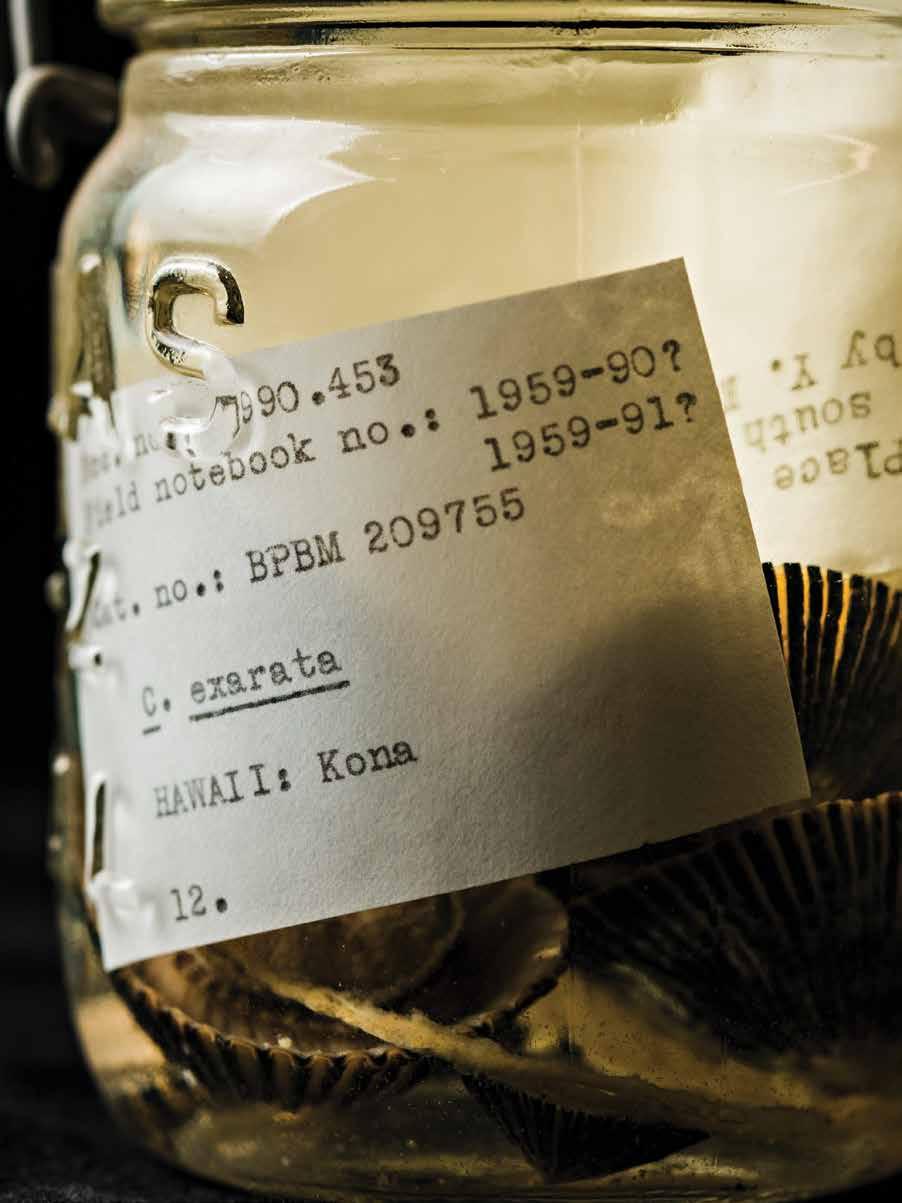
Following Western contact, ‘opihi populations declined dramatically in the islands.
西洋文化の影響を受け始 めた頃から、ハワイのオピヒ の個体数が激減した。

The kai was fed to the sick and young, and small, bitter ‘opihi were used in healing and sorcery. The leftover hard shells were sometimes used as jewelry, but mostly as tools. Their sharp edges were used to scrape and scoop or peel things, such as the inside of a coconut or the outside of raw taro.
In Hawai‘i, there are three common types of ‘opihi. The ‘ālinalina (yellow-footed limpet) is a favorite but is often found where the waves are the roughest. The kō‘ele (limpet with highly pointed shell) is very large, and thus is coveted, but it lives underwater and its meat is tougher than others. The makaiaūli (dark-footed limpet) lives higher on the rocks than the ‘ālinalina and is easier to harvest. “The ‘opihi was a favorite food source for
カイは病人や子供に与えられ、小さく苦いオピヒは治療や魔術に使 われた。残った硬い殻は宝石として使われることもあったが、多くは道 具として使われた。その鋭い刃は、ココナッツの内側や生のタロイモの 外側など、物をこすったりすくったり、皮をむいたりするのに利用した。 ハワイでは、3種類のオピヒが一般的である。アーリナリナ(貝の身 が黄色いカサガイ)は人気があるが、波が最も荒い場所に生息する。 コーエレは(貝殻の先端が尖ったカサガイ)は大きいので珍重されてい るが、貝の身は他の種より硬く、水中に生息している。マカイアウーリ (貝の身が黒いカサガイ)はアーリナリナよりも高い岩場に生息してい るので採取するのが簡単だ。「オピヒはハワイの人々が好んで食べてい た食べ物で、どのオピヒが好きかは、人それぞれでした」とビショップ博 物館の文化アドバイザーのマルケス・マルザン氏は説明する。
Halekulani Living 100 CULTURE



There are three common species of ‘opihi found in Hawai‘i, which are endemic to the islands.
ハワイには3種類のオピヒ があり、いずれもハワイの固 有種である。
Hawaiians,” says Marques Marzan, cultural advisor at Bishop Museum. “Everyone had their own preference on which ones they like to eat.”
Following Western contact, ‘opihi populations declined dramatically since the early 20th century, especially on the island of O‘ahu. The threat to ‘opihi has mostly been blamed on overharvesting, but there are other contributing factors, including a changing shoreline landscape due to development and pollution that impacts the food that ‘opihi eat, such as algae.
Mau’s findings refute the overharvesting argument. As a doctoral student, Mau researched aquaculture technology for ‘opihi at the University of Hawai‘i, where ‘opihi behavior can be studied in a way that can’t be done in the wild: “There are certain areas that naturally should have less ‘opihi than others, and there are certain conditions that allow for ‘opihi to thrive and to be abundant versus others that don’t.”
To manage overharvesting, state law produced in the late 1970s prohibits picking ‘opihi with shells that measure less than 1.25 inches in diameter and selling ‘opihi meat (without the shell) that measures less than half an inch. Mau and other researchers, however, think the law should change now that there’s more information on how long ‘opihi live, how fast they grow, and when they reproduce, whether by age or season.
The ongoing examination of the life cycles of ‘opihi, and potential changes to the law based on new research, could mean a better supply of ‘opihi in the future. “We’re trying to enhance reproductive success but also be able to harvest as much as we can outside of those windows, because restoring the populations of ‘opihi doesn’t do us any good if we’re not eating them,” Mau says. “It’s not a resource if you can’t use it.”
西洋文化の影響を受け始めた20世紀初頭から、特にオアフ島では オピヒの個体数が激減した。オピヒが激減したのは、主に乱獲のせいだ とされているが、開発による海岸線の環境の変化や、藻類をはじめとす るオピヒの食物に影響を与える汚染など、その要因は他にもある。 マウ氏による研究は、乱獲を要因とする意見に反する結果を示して いる。博士課程の学生であった彼は、ハワイ大学でオピヒの養殖技術に ついて研究し、野生の環境では難しいオピヒの行動と生態を観察した。 「オピヒが減少しやすい場所とそうでない場所があり、オピヒが繁殖し やすい条件とそうでない条件があります」。
乱獲を防ぐために1970年代後半に定められた州法は、殻の直径 が3.175cm以下のオピヒの採取と、貝の身の大きさが1.27cm以下 のオピヒの販売を禁止している。だがマウ氏をはじめとする研究者たち は、オピヒの寿命、成長の速度、年齢や季節といった繁殖の時期など、よ り多くの情報が得られるようになった今、この法律は変更されるべきだ と考えている。
オピヒのライフサイクルを継続的に調査し、新しい研究に基づいて 法律を改正することで、将来的にオピヒを安定的に供給できる可能性 があるという。「繁殖の成功率を高めると同時に、繁殖期以外の時期に は、できるだけ多くのオピヒを収穫できる方法を研究しています。オピヒ の個体数を回復させても、食べられなければ意味がありません」とマウ 氏は言う。「利用できなければ資源とは言えませんから」。
Halekulani Living 104 CULTURE
Living

IMAGES BY MARK
KUSHIMI
STYLED BY
ARA LAYLO
HAIR + MAKEUP BY TAMIKO HOBIN
MODELED BY NICO ENOS
JASMINE REIKO HEALY
写真=マーク・クシミ
スタイリング=アラ・レイロー
ヘア&メイク= タミコ・ホビン
モデル=ニコ・イーノス、ジャス
ミン・レイコ・ヒーリー
Max Mara Rosetta sleeveless belted midi dress from Saks Fifth Avenue. T Timeless bag from TOD’s.

BELLE OF THE BOLD
大胆な美女
Like a jagged ridge line softened under a veil of mist at dusk, structured separates and billowing fabrics exude strength and grace in the elegant, art-filled lounge spaces at Halekulani and Halepuna Waikiki.
夕暮れ時に霧のベールに包まれたギザギザの稜線のように、かっちりとした セパレーツと膨らみのあるファブリックは、ハレクラニとハレプナ・ワイキキの 優雅でアートに満ちたラウンジスペースで強さと優雅さを醸し出している。
106 FASHION



On Nico: Dress by Hermès. Dior Diorsostellaire 59MM square sunglasses from Saks Fifth Avenue. Tiffany T T1 open hoop earrings in 18K rose gold with diamonds and Tiffany T T1 wide diamond hinged bangle in 18K rose gold, medium, from Tiffany & Co. Slim tread boots by Alexander McQueen.
On Jasmine: Women’s cotton cropped top and skirt by Hermès. Tiffany T True 8 mm ring in 18K rose gold and Tiffany HardWear link bracelet in 18K gold, medium, from Tiffany & Co. Black leather sandals from TOD’s.
Cropped rib knit jacket, ottoman knit bra top, button fluted midi skirt, crystal-embellished signet ring, and hammered-effect two finger ring, all from Alexander McQueen. At right, Staud Callaluna floral print dress from Saks Fifth Avenue. Tiffany HardWear link bracelet in 18K gold, medium, and Tiffany Victoria® vine band ring in rose gold with diamonds, 6mm wide, from Tiffany & Co.
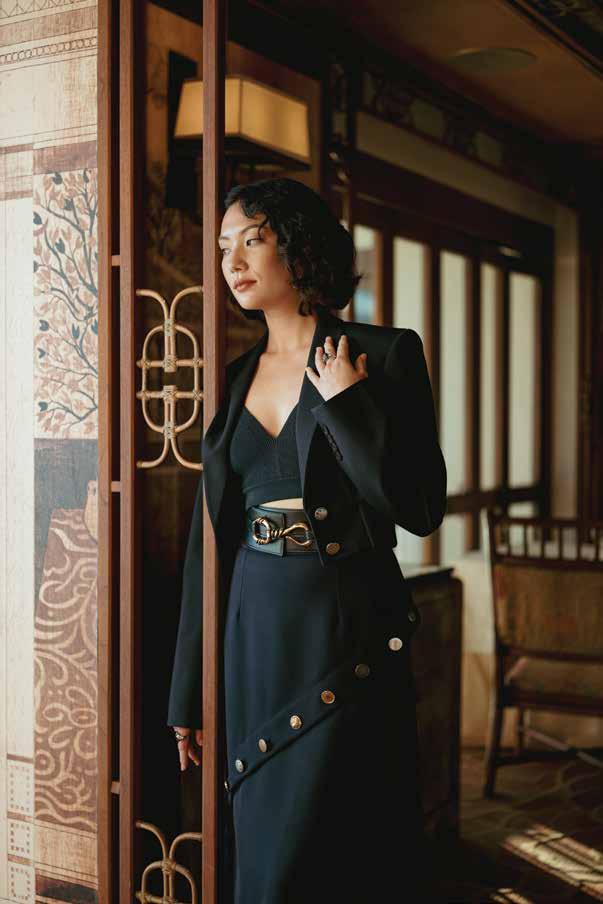



 Windbreaker, knitted dress, and T Timeless bag from TOD’s. Red 54mm cat-eye sunglasses by Alexander McQueen.
Windbreaker, knitted dress, and T Timeless bag from TOD’s. Red 54mm cat-eye sunglasses by Alexander McQueen.
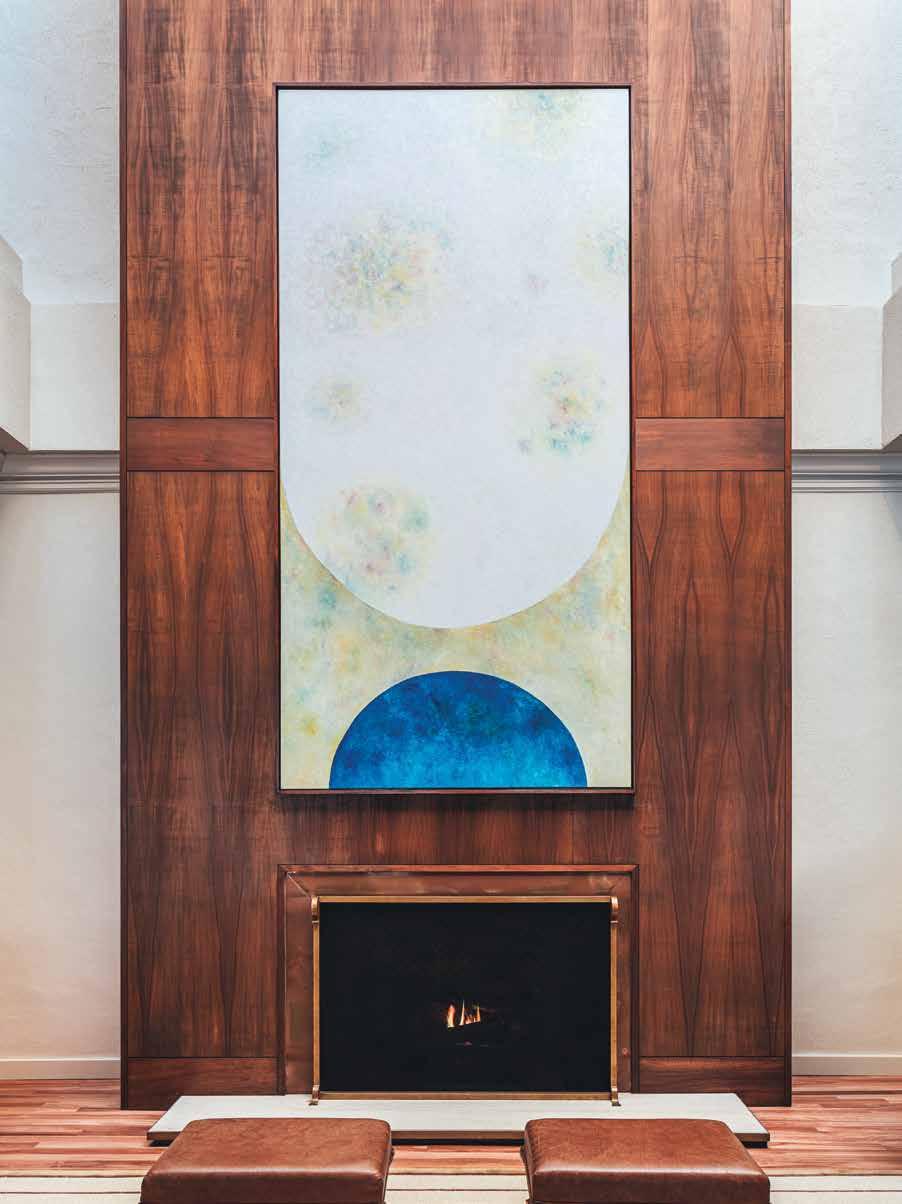
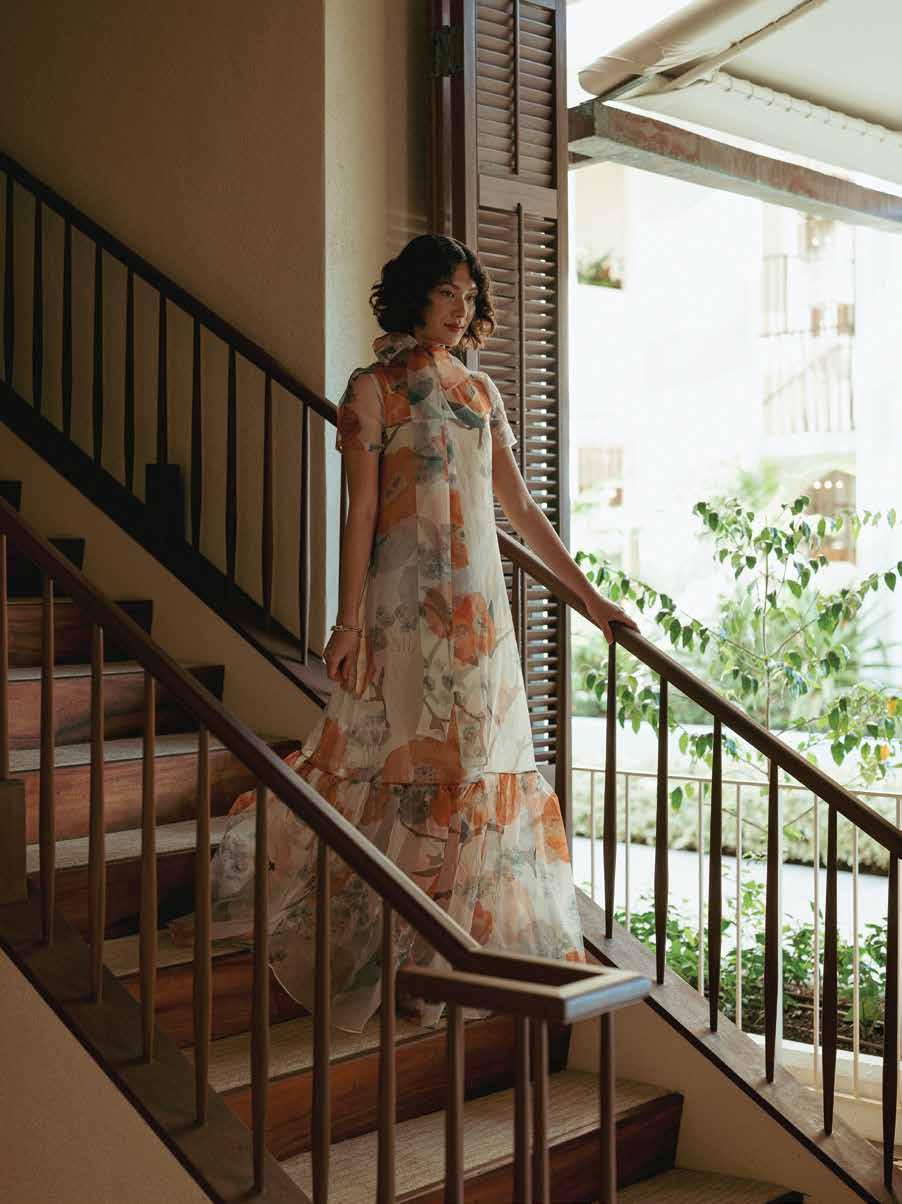
 LV stripe pencil skirt and crop top and Pool Pillow flat comfort mule from Louis Vuitton. Diorxtrem MU logo mask sunglasses from Saks Fifth Avenue.
LV stripe pencil skirt and crop top and Pool Pillow flat comfort mule from Louis Vuitton. Diorxtrem MU logo mask sunglasses from Saks Fifth Avenue.
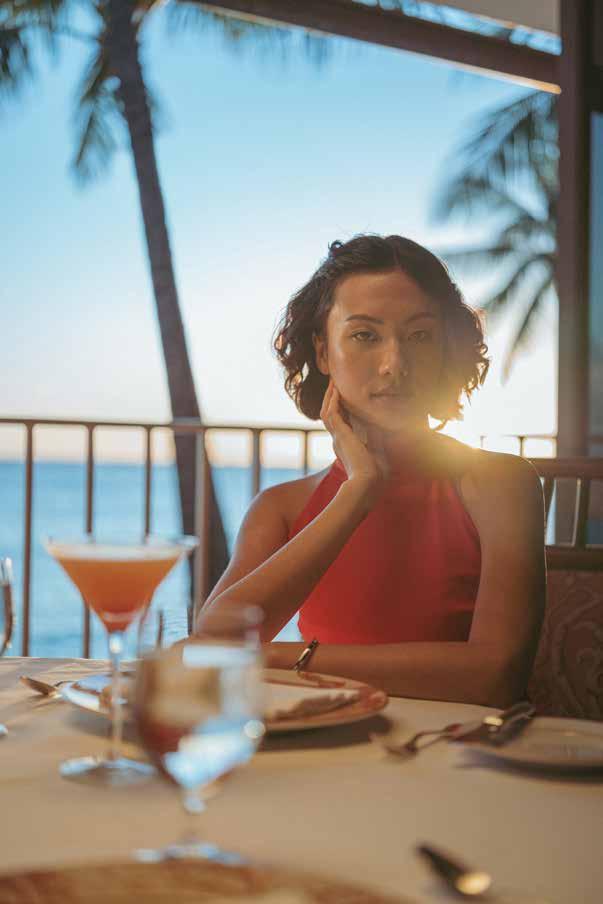 Chiara Boni La Petite Robe halter ruffle gown from Saks Fifth Avenue. Tiffany T T1 wide diamond hinged bangle in 18K gold with diamonds, medium, and Tiffany T T1 ring in 18K yellow gold with diamonds from Tiffany & Co.
Chiara Boni La Petite Robe halter ruffle gown from Saks Fifth Avenue. Tiffany T T1 wide diamond hinged bangle in 18K gold with diamonds, medium, and Tiffany T T1 ring in 18K yellow gold with diamonds from Tiffany & Co.

FREE WIFI FASHION, DINING, CULTURE, IN THE HEART OF WAIKI –KI –. WELCOME TO OUR LEGACY. Apple Store | Fendi | Harry Winston | Hermès | Jimmy Choo | kate spade new york | KITH | Loro Piana | Rimowa | Saint Laurent Salvatore Ferragamo | Tiffany & Co. | Tory Burch | Tourneau | Valentino | Doraku Sushi | Island Vintage Wine Bar | Noi Thai P.F. Chang’s | Restaurant Suntory | The Cheesecake Factory | Tim Ho Wan | TsuruTonTan Udon | Wolfgang’s Steakhouse See daily Center & restaurants hours, culture schedule & all there is to discover at RoyalHawaiianCenter.com Open Daily | Kalākaua Avenue and Seaside, Waikīkī | 808.922.2299 HOALOHA HERE, YOU’RE IN THE COMPANY OF FRIENDS.

IMAGE BY SAUMOLIA PUAPUAGA

EXPLORE
TEXT BY NATALIE SCHACK
IMAGES BY HAWKINS BIGGINS, JASON CHU, JOHN HOOK, AND COURTESY OF THE ARTISTS
文:ナタリー・シャック
写真:ホーキンス・ビギンズ、ジ ェイソン・チュー、ジョン・フッ ク、アーティスト提供

CHANGE OF PLACE
チェンジ・オブ・プレイス
Discover what three Hawai‘i artists worked on during their recent artist residencies around Honolulu.
ハワイの3人のアーティストによるホノルル周辺でのレジデンス期間中 の作品を紹介する。
downtown honolulu: passion on display
For Saumolia Puapuaga, life during the Covid-19 pandemic has been transformative. For all the pain and anxiety that quarantine and isolation initially brought, it was also an opportunity for the artist to truly be alone with himself. It meant coming to terms with “the deeper beauty of myself,” Puapuaga explains, without the trappings of curated social interactions and all their performative accoutrements: Saumolia, the artist; Saumolia, the queer man; Saumolia, the human. What resulted was an idea for a dynamic art project that toed the line between fine art and performance. Puapuaga’s art tends to focus on the natural world around him, such as clouds colliding into each other above his home in Hau‘ula, or lush scenes of mountain and sea along Kahana Bay just down the road. For this next project, he decided, he would look inward. He would paint what he knew best but sometimes found hard to face: himself.
ダウンタウン・ホノルル:パッション・オン・ディスプレイ
サウモリア・プアプアガさんにとって、コロナウイルスのパンデミック中 の生活は、大きな変化をもたらした。隔離と孤立から経験した苦痛と不 安は、アーティストとしての自分自身と正面から向き合う機会を与えてく れたという。それはキュレートされたソーシャルメディアでの交流やうわ べだけのパフォーマンスにとらわれることなく「自分本来の内面からの 美しさ」を受け入れることなのだ、とプアプアガさんは語る。それはアー ティストであり、クィア(性的マイノリティ)であり、一人の人間としての“ サウモリア”を感受することを意味する。
その結果、生まれたアイディアがファインアートとパフォーマンスの境 界線に立つダイナミックなアートプロジェクトだ。プアプアガさんの作 品は、ハウウラの自宅から見上げる空にぶつかり合う雲や、すぐ近くの カハナ湾に広がる山や海の緑豊かな風景といった身近な自然界を題 材にすることが多い。だが今回のプロジェクトで彼は、内面に目を向け ることにした。自分が一番よく知っているが、時には向き合うのが難し
122 Halekulani Living EXPLORE
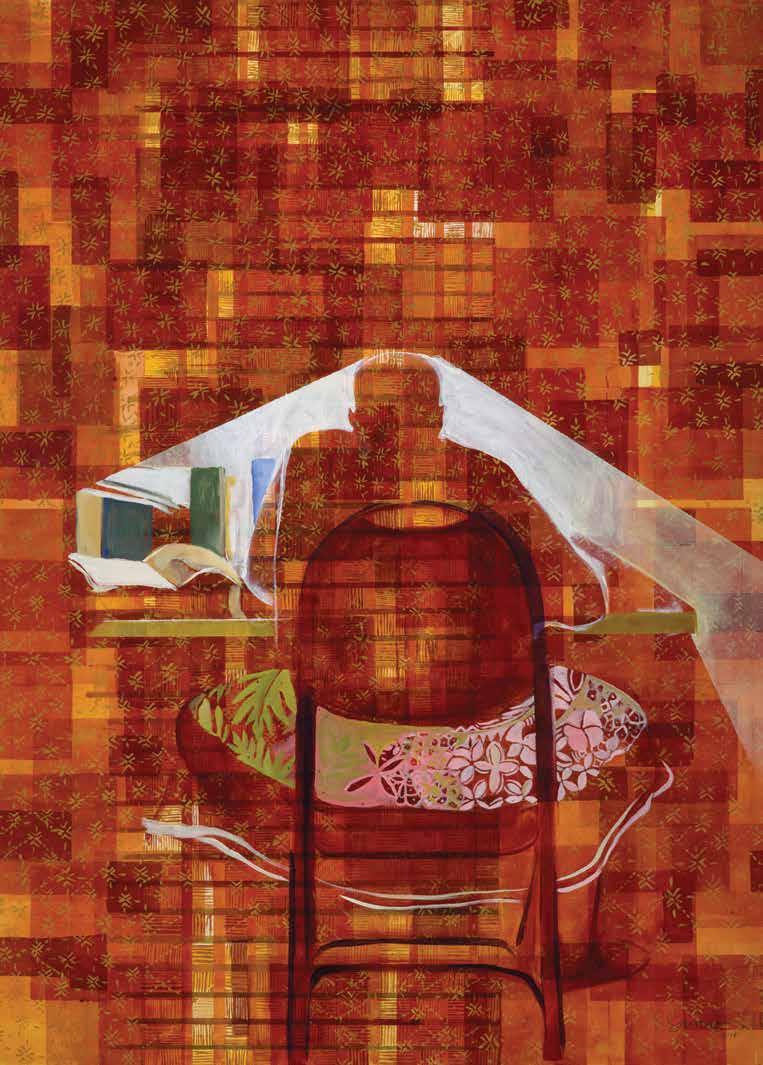
Over the course of his residency at the Hawai‘i State Art Museum, visitors could observe artist Saumolia Puapuaga at work.
ハワイ州立美術館の来館者 は、アーティストレジデンス期 間中、サウモリア・プアプアガ さんの制作風景を見学するこ とができた。

Dear Saumolia became a message addressed to his younger self. Through his work, Puapuaga envisioned guiding himself through the complicated experience of growing up as a queer person in the church.
The project was originally intended for Pride month, but it was delayed by the onset of the pandemic in 2020. Reviving the idea two years later in his role as the inaugural artist in the Hawai‘i State Art Museum’s new Passion On Display residency program, he started with a portrait. “Looking at my features, insecurities, tackling everything that made me feel uncomfortable at one point or another,” Puapuaga says. “There are so many times I’d look away from the mirror because I didn’t like what I’d see.”
The residency included live painting sessions in the Passion On Display studio space, where visitors could watch him work on five personal pieces that addressed themes of identity, growth, and selflove. This type of public interaction, laying his own vulnerability bare, elicited some powerful reactions. “When people saw the naked truth and honesty I was longing for, they broke down, crying, thanking me,” Puapuaga recalls.
Post-residency, Puapuaga predicts he will continue to explore themes of authentic queer identity in future projects. For now, though, his heart and paintbrush miss those Hau‘ula clouds. “I shared a very emotional part of me,” he says. “I’m going to take some time outdoors.”
い自分自身を描くことにしたのだ。『Dear Saumolia』は、若かりし自分 に宛てたメッセージとなった。プアプアガさんは作品を通して、教会の 中でクィアとして育つという複雑な経験をした、幼い頃の自分自身を導 こうと考えた。
このプロジェクトは当初、プライド月間のための企画だった が、2020年にパンデミックが起こって延期された。2年後、ハワイ州立 美術館の新しいレジデンスプログラム「パッション・オン・ディスプレイ」 の初回アーティストとして、このアイデアを復活させた彼は、まず肖像画 を描くことから始めた。「自分の外見や自信のなさに目を向け、違和感を 感じたことのあるすべてと向き合いました」とプアプアガさんは言う。 「自分の容姿が嫌で、鏡から目をそらすことが何度もありました」。 レジデンスでは、「パッション・オン・ディスプレイ」のスタジオスペー スでライブペインティングを行い、来場者はアイデンティティ、成長、自 己愛をテーマにした5つの個人的な作品の制作風景を見ることができ た。彼自身の弱さをさらけ出すようなこの公開制作は、強い反響を呼ん だ。「私が求めていた裸の真実と正直さを見た人たちは、泣き崩れ、私に ありがとう、と言いました」とプアプアガさんは振り返る。 プアプアガさんは、レジデンス終了後も、ありのままのクィアのアイ デンティティをテーマにした作品を制作し続けようと考えている。だが 今は、彼の心と絵筆はハウウラの雲を恋しがっている。「とても個人的で 感情的な部分を共有したばかりだから」と彼は言う。「しばらく屋外での んびり過ごすつもりです」。
Halekulani
124
Living

chinatown: arts & letters nu‘uanu
At a glance, the ten or so pieces from Susan Maddux’s exhibition, A Kind of Homecoming, displayed on the walls of Arts & Letters Nu‘uanu at the end of 2021, resemble a collection of kimono: graceful folds of ombré fabric fanning outward, ready to be draped over a woman’s shoulders. Together, the works in the exhibition could be her wardrobe, each garment pooling at her feet as she slips into her next persona.
But Maddux’s inspiration for the show, created over the course of her residency at Arts & Letters Nu‘uanu, is much more abstract. “I tend to work very intuitively,” Maddux says. “In the making, it’s not about language. For me, it’s about a dialogue I’m having in the moment, like a feedback loop.” Perhaps that’s why A Kind of Homecoming is so gently stirring—enveloping and warm, like a distant but cherished memory of being held in someone’s arms. This endeavor marks the first time in Maddux’s career that she’s created and exhibited work in her childhood home of Hawai‘i. A kind of homecoming, indeed.
After graduating from Punahou School in 1987, Maddux moved to the continent, spending the next couple of decades painting, working in textiles, and building a life away from the islands—and yet, she never quite left them behind. “I made work about Hawai‘i even when I was in New York,” she says. “I needed to have that connection to Hawai‘i, especially in New York.”
The Arts & Letters residency was both a literal and symbolic acknowledgement of that connection. It was through a long-time friend from high school that Maddux heard about the residency, and in her four weeks in Hawai‘i, she spent time forging new relationships with makers and creatives in the local arts scene, even taking a workshop in natural dyeing techniques. She also explored her relationship with place: The show is an examination of three areas of O‘ahu that have personal significance for Maddux, including Mānoa, where she grew up, and the Kaiwi coastline, which she spent many hours exploring with her mother, who works at a preserve there.
But that month of introspective creation is just the beginning. “I wasn’t sure what I was going to find,” Maddux says. “And what I found was I was barely able to scratch the surface of that inspiration.”
2021年末に「アーツ&レターズ・ヌウアヌ」の壁を飾ったスーザン・マダ ックスさんのアート展『A Kind of Homecoming』の10点ほどの作品 は、一見すると着物コレクションのようだ。優美に折られた染めぼかし の布が、今にも女性の肩にかけられそうに広がっている。この展示作品 は彼女が着替えるたびに一枚ずつ足元に落ちていく、彼女のワードロ ーブのようでもある。
一方、アーツ&レターズ・ヌウアヌでのレジデンス期間中に制作され たマダックスさんの展示のインスピレーションは、もっと抽象的なもの だ。「私はとても直感的に仕事をするタイプでね」とマダックスさん。「制 作の過程で、私が大切にしているのは言語ではなくて、フィードバックル ープのようなその瞬間の対話なの」。『A Kind of Homecoming』が、 誰かの腕の中に抱かれた遠く甘い記憶のように、優しく包み込むような 温もりを感じさせるのは、そのためかもしれない。マダックスさんが幼少 期を過ごしたハワイで作品を制作し、展示するのは、彼女のキャリアに おいて今回が初めてのことだという。まさに里帰りのようだと言える。 1987年にプナホウ・スクールを卒業後、マダックスさんは米国本土 に渡った。その後数十年間、絵を描き、テキスタイルの仕事をし、ハワイ から離れた生活を送っていたが、決してハワイを忘れることはなかった という。「ニューヨークにいたときも、ハワイをテーマにした作品を作っ ていたわ」と彼女は言う。「特にニューヨークでは、ハワイとのつながり が必要だったの」。
アーツ&レターズ・ヌウアヌのレジデンスは、そのつながりを文字ど おり、そして象徴的に示すものであった。マダックスさんは高校時代か らの友人を通じてこのレジデンスのことを知り、ハワイでの4週間、アー トシーンの職人やクリエーターたちと新しい関係を築き、天然染料のワ ークショップにも参加した。彼女はさらに、場所との関係についても掘 り下げた。この展示でマダックスさんは、彼女が育ったマノアや保護区 で働く母親と何時間も探索したカイヴィの沿岸など、個人的に思い入 れのあるオアフ島の3つのエリアを題材に扱っている。 この一月におよぶ内省的なプロセスは、本格的な創作活動の序章に 過ぎないと彼女は言う。「何が見つかるか見当もつかなかったわ。分かっ ているのは、これがインスピレーションのほんの一部だということね」。
126 チャイナタウン:アーツ&レターズ・ヌウアヌ
Living
Halekulani
EXPLORE

Even after decades of living and working on the continent, artist Susan
continues to make work about Hawai‘i.
アーティストのスーザン・マダックスさんは、米国本土に住んで何十年に もなるが、今もハワイにちなんだ作品を作り続けている。
Maddux


In Ribeaux’s experimental film Ulu Kupu, a mother and daughter become separated while wandering through the rainforest.
このプロジェクトは、『Ulu Kupu』というタイトルの実 験映画で、熱帯雨林をさま よっている間に離れ離れに なってしまった母娘の物語 を映像で表現している。

mānoa: trades a.i.r.
“I just go straight to the rainforest,” says Oaklandbased artist Tiare Ribeaux of her typical first stop upon returning home to O‘ahu. “That’s how I can feel connected to my ancestors. I don’t even see my family first. My family’s kind of scattered. That’s the deeper family.” Over thousands of miles of ocean, it’s the land that calls to her, serving as a reminder of who she is and where she came from.
These visits are not something Ribeaux takes for granted. After almost a decade of making a life in California’s Bay Area, her Hawai‘i family is now flung across the islands’ many nooks and crannies, leaving her no home base to come back to. Returning to the land of her ancestors, even for a short period of time, now comes with an increasingly prohibitive price tag as the cost of accommodations rise. After the pandemic hit, trips home were hard for a new reason: households were locked down tight. Guest rooms and friends’ couches were more difficult to come by.
マノア:トレーズ・エー・アイ・アール
「真っ先に熱帯雨林の森に向かいます」と言うのは、オークランドを拠 点に活動するアーティスト、ティアレ・リボーさんだ。オアフ島に帰省す るとまず最初に訪れる場所だそうだ。「森は私にとって、祖先とのつなが りを感じることができる場所です。家族に会うよりも先に森へ向かいま す。私の家族はバラバラで、森はもっと深いつながりのある家族みたい な存在です」。何千キロもの海を越えて、彼女に呼びかけるハワイの地 は、自分が誰でどこから来たのかを思い出させてくれるという。 このような帰省は、リボーさんにとって決してあたりまえのことでは ない。カリフォルニアのベイエリアで10年近く暮らした後、彼女の家族 はハワイ諸島のあちこちに散らばり、彼女が帰れる場所はなくなってし まった。先祖代々の土地に帰るのは、たとえ短期間であっても、宿泊費 の高騰でますます費用が嵩むようになった。パンデミック後、各家庭が 閉鎖的になっていることも、帰省が難しくなった理由の1つだ。最近では ゲストルームや友人宅のソファーに泊まれることも珍しくなった。
Halekulani Living 130
EXPLORE

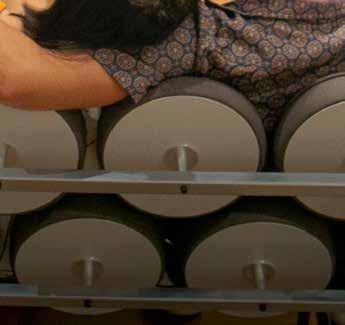
Cultivating creativity, wonder, and deeper connections to the world we share.

EXTENDED EVENING HOURS FRI & SAT 4-9PM


Expressionistic and symbolic, the film features only loosely defined characters—including beings who guide the child back to her mother.
表現豊かで象徴的なこの映画 の各シーンには、子供を母親 の元へ導く擬人化された不思 議なキャラクターが登場する。

It’s why Trades A.i.R.—an artist-in-residence program hosted in partnership with the Honolulu Museum of Art and the University of Hawai‘i at Mānoa’s Department of Art and Art History—was such a godsend for Ribeaux. The Mānoa-based residency offered valuable space (a house) and time (she was there for a month) in the islands to work, think, feel, and connect with nature and the community in the deep and meaningful way that Ribeaux’s work demands. In the past, her art has explored augmented reality and wearable bioplastics; her fascination with humankind’s connection to the environment remained a common theme throughout. At Trades, she had the opportunity to take that thematic thread and let it blossom in the context of her beloved Hawai‘i.
それゆえにホノルル美術館とハワイ大学マノア校の芸術・美術史学 部が共同で運営するアーティスト・イン・レジデンス・プログラム「トレー ズ・エー・アイ・アール」は、リボーさんにとってまさにうってつけであっ た。マノアを拠点とするレジデンスは、ハワイで制作活動を行い、考え、 感じ、リボーさんの作品が追求する自然やコミュニティとの意義深いつ ながりを形成することのできる貴重な空間(家)と時間(1ヶ月間の滞 在)を彼女に与えてくれた。彼女はこれまでに、拡張現実やウェアラブル バイオプラスチックなどを題材に扱ってきたが、人類と環境のつながり に対する彼女の強い関心は、常に一貫したテーマといえる。トレーズは、 彼女が育んできたこのテーマを彼女が愛するハワイという場所で開花 させる絶好の機会となった。
Halekulani Living 132
EXPLORE

レジデンスプロジェクトに 取り組みながら、リボーさ んは詩的なビジョン実現 の手助けをしてくれる地元 のクリエイターやコラボレ ーターたちとも連絡を取り 合った。

While working on her residency project, she collaborated with local creatives to bring her poetic visions to life. With Trades’ support, she also hosted workshops devoted to Native Hawaiian themes and narratives. “A big part of the work is just being here, meeting with the lāhui (Hawaiian nation), seeing other artists,” Ribeaux says.
While working on her residency project, Ribeaux collaborated with local creatives to bring her poetic visions to life. レジデンスプロジェクトに取り組みながら、リボーさんは詩的なビジ ョン実現の手助けをしてくれる地元のクリエイターやコラボレーターた ちとも連絡を取り合った。トレーズのサポートで、ネイティブハワイアン のテーマや物語に関するワークショップも開催された。「この場所にい ること、そしてラ・フイ(ハワイアンの国)や他のアーティストたちとの出 会いが、作品の大きな部分になっています」とリボーさんは言う。 このプロジェクトは、『Ulu Kupu』というタイトルの実験映画で、熱 帯雨林をさまよっている間に離れ離れになってしまった母娘の物語を 映像で表現している。表現豊かで象徴的なこの映画の各シーンには、子 供を母親の元へ導く擬人化された不思議なキャラクターが登場する。 この作品でリボーさんが重視しているのは、ストーリーよりも、水の神 聖さや土地と人々の深いつながり、そして帰るべき道をみつけるという テーマだ。
The project, an experimental film titled Ulu Kupu, is a visual narrative about a mother and daughter who get separated while wandering through the rainforest. Expressionistic and symbolic, the film’s vignettes feature loosely defined characters— including anthropomorphized beings who guide the child back to her mother—but Ribeaux’s focus is more on themes than plot: the sacredness of water; the deep connection between land and people; finding one’s way home.
Halekulani Living 134 EXPLORE




DISCOVER HAWAI‘I’S MUSEUM OPEN DAILY 9 am–5 pm Closed Thanksgiving & Christmas Day LIVING CULTURE | NATURAL SCIENCE | IMMERSIVE PROGRAMS 1525 Bernice Street, Honolulu, Hawai‘i 96817 | bishopmuseum.org | 808.847.3511
Halekulani, the most internationally acclaimed of all Hawai‘i hotels, blends serenity and understated elegance with exceptional service to create an oasis of tranquility.
ハワイを代表するホテル、
ハレクラニは、オアシスのような 安らぎと上質なエレガンス、
一流のサービスでお客様を お迎えしています。

136

HALEKULANI GUIDE

LEGACY
レガシー
Halekulani’s beachfront location has welcomed people since 1883, when the original owner, Robert Lewers, built a two-story house on the site of what is now the main building.
ハレクラニの建つワイキキのビーチフロントは、1883年にロバート・ルワーズ氏が現在のメインビルディングのある場所に2階建ての家を建てて以来、多くの人々を迎えてきました。
The fishermen of the area would bring their canoes onto the beach in front of the property to rest. So welcomed were they by the Lewers family that the locals named the location “house befitting heaven,” or Halekulani.
In 1917, Juliet and Clifford Kimball purchased the hotel, expanded it, and established it as a stylish resort for vacationers, giving it the name the locals originally bestowed on it, Halekulani. The hotel was sold following the passing of the Kimballs in 1962. Almost 20 years later, it was purchased by what is now the Honolulu-based Halekulani Corporation. The hotel was closed and rebuilt as the existing 453-room property.
Today, Halekulani’s staff, location, and hospitality reflect the original Hawaiian welcome that defined the property.
ルワーズ一家が、邸宅前のビーチにカヌーを引き揚げて休憩するワイキキの漁師たちを歓迎 したことから、地元の人たちはこの場所を「天国にふさわしい館」という意味のハレクラニと呼 ぶようになりました。
1917年にジュリエット&クリフォード・キンバル夫妻によって購入、拡張されたこのホテルは、 バカンス旅行者のための洗練されたリゾートとして生まれ変わり、地元の人たちによってつけ られた「ハレクラニ」と命名されました。1962年、キンバル夫妻の死去を機に売却されたホテ ルは、ほぼ20年後、現在ホノルルに拠点のあるハレクラニ・コーポレーションによって購入さ れ、一時閉館すると、改築工事を経て、現在の453室あるハレクラニに生まれ変わりました。
ハレクラニでは、歴史あるワイキキのビーチフロントで、現在も昔と変わらないハワイ ならではのおもてなしの心で、スタッフ一同お客様をお迎えいたします。
HALEKULANI GUIDE 138


DINING
ダイニング
At
Halekulani’s Waikīkī restaurants, award-winning chefs create signature dishes from Hawai‘i’s freshest ingredients.
ハレクラニのレストランでは、数々の受賞歴を誇るシェフによる、ハワイの新鮮な素材を使ったオリジナル料理をご用意しています。
Each of Halekulani’s restaurants celebrates its own distinct style of cuisine, and all offer stunning views of the sea.
Select from La Mer for fine dining, Orchids for more casual elegance, and, reopening this spring, House Without A Key for a relaxed ambience.
ハレクラニのレストランでは、美しいオーシャンビューとともに、それぞれに特徴のある多彩な 料理の数々をお楽しみいただけます。
ファインダイニングのラ メール、カジュアルでエレガントなオーキッズ、そしてこの春にリニュ ーアルオープンするリラックスした雰囲気のハウス ウィズアウト ア キーでのお食事をお楽し みください。
140 HALEKULANI GUIDE




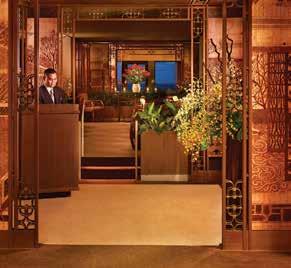
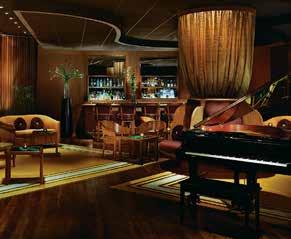
141 +

THE ART OF WELLBEING
The Art of Wellbeing is Halekulani’s new wellness concept representing an evolution of our acclaimed spa program, designed to expand intellect, incite wonder, and tap into emotions necessary for wellbeing.
「アート・オブ・ウェルビーイング」は、知性を広げ、驚きと感動を与え、健やかな心と体へと導く感情を引き出すためにハレクラニが掲げる幸せの新しいコンセプトです。
Encompassing our dedication to and deep respect for tradition, legacy, and the culture of Hawai‘i, this program is a collection of curated experiences that offer an integrated and refreshed approach to an elevated lifestyle, combining six key pillars: nourish, move, explore, renew, rest, and discover.
伝統、レガシー、ハワイ文化へのこだわりと深い敬意を込めたこのプログラムは、より上質で 彩り豊かなライフスタイルを実現するための総合的で新しいアプローチです。栄養、運動、探 検、再生、休息、発見という6つのキーワードをもとにキュレートされたウェルビーングを向上 する体験の数々を提供しています。
142 HALEKULANI GUIDE
アート・オブ・ウェルビーイング
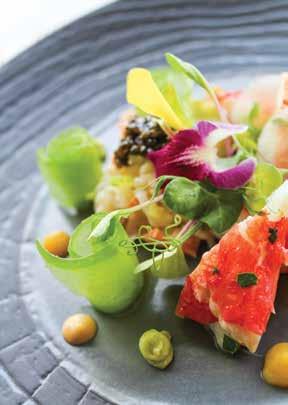




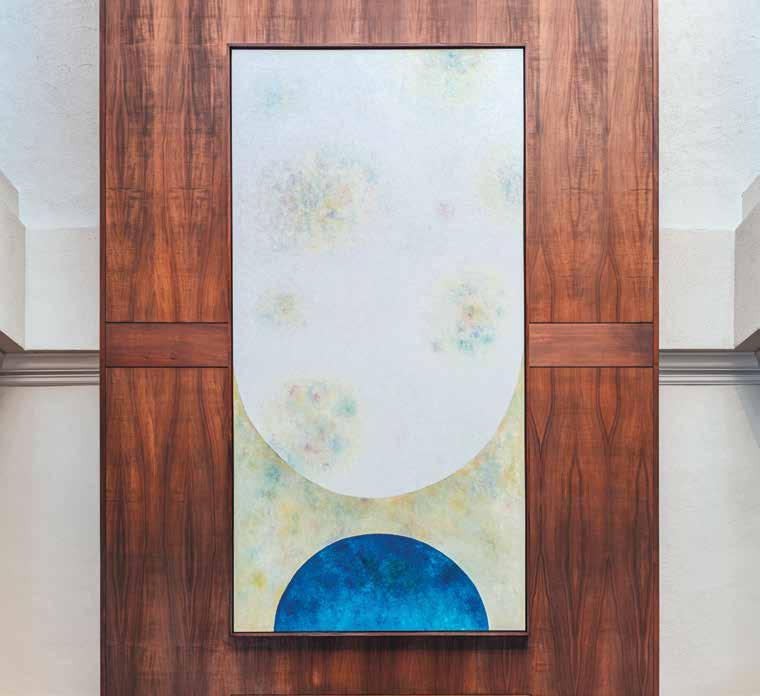
HALEKULANI FINE ARTS COLLECTION
ハレクラニ・ファイン・アート・コレクション
For an elevated art experience, explore a curated selection of works from local art legends and rising contemporary artists throughout the hotel.
ホテル内の随所にて、ハワイの巨匠アーティストや新進気鋭のコンテンポラリーアーティストによる選りすぐりのアート作品の数々をご鑑賞ください。
A HUI HOU 144 IMAGE BY MARK KUSHIMI


 Ulrich Krauer
General Manager
Ulrich Krauer
General Manager


















































































 TEXT BY ERIC STINTON
TEXT BY ERIC STINTON










































 TEXT BY LEHIA APANA
TEXT BY LEHIA APANA











 TEXT BY EMILY CHANG
IMAGES BY JOHN HOOK AND CHRIS ROHRER
TEXT BY EMILY CHANG
IMAGES BY JOHN HOOK AND CHRIS ROHRER





 TEXT BY CHRISTINE HITT
IMAGES BY JOHN HOOK ON THE ROCKS
TEXT BY CHRISTINE HITT
IMAGES BY JOHN HOOK ON THE ROCKS














 Windbreaker, knitted dress, and T Timeless bag from TOD’s. Red 54mm cat-eye sunglasses by Alexander McQueen.
Windbreaker, knitted dress, and T Timeless bag from TOD’s. Red 54mm cat-eye sunglasses by Alexander McQueen.


 LV stripe pencil skirt and crop top and Pool Pillow flat comfort mule from Louis Vuitton. Diorxtrem MU logo mask sunglasses from Saks Fifth Avenue.
LV stripe pencil skirt and crop top and Pool Pillow flat comfort mule from Louis Vuitton. Diorxtrem MU logo mask sunglasses from Saks Fifth Avenue.
 Chiara Boni La Petite Robe halter ruffle gown from Saks Fifth Avenue. Tiffany T T1 wide diamond hinged bangle in 18K gold with diamonds, medium, and Tiffany T T1 ring in 18K yellow gold with diamonds from Tiffany & Co.
Chiara Boni La Petite Robe halter ruffle gown from Saks Fifth Avenue. Tiffany T T1 wide diamond hinged bangle in 18K gold with diamonds, medium, and Tiffany T T1 ring in 18K yellow gold with diamonds from Tiffany & Co.









































